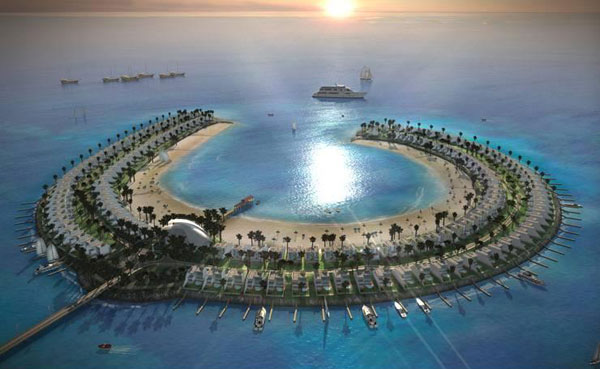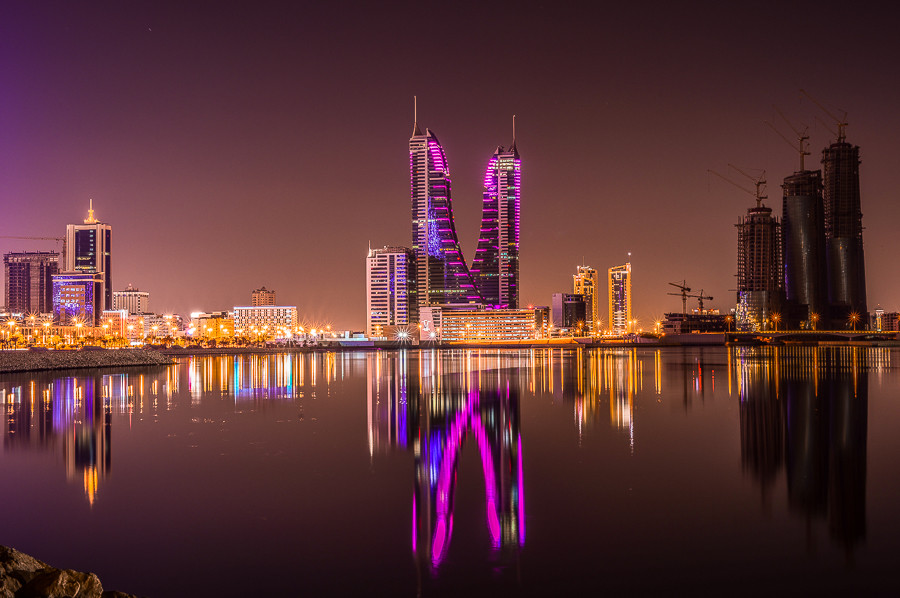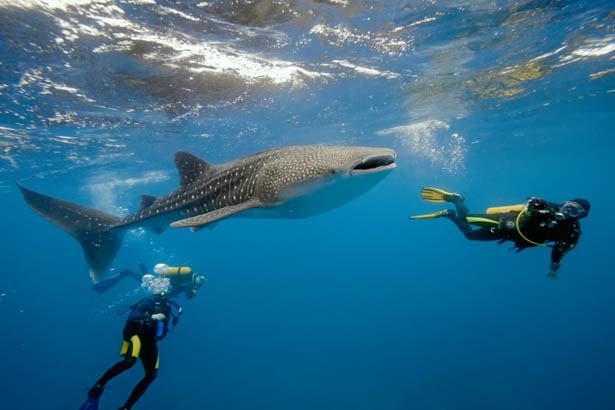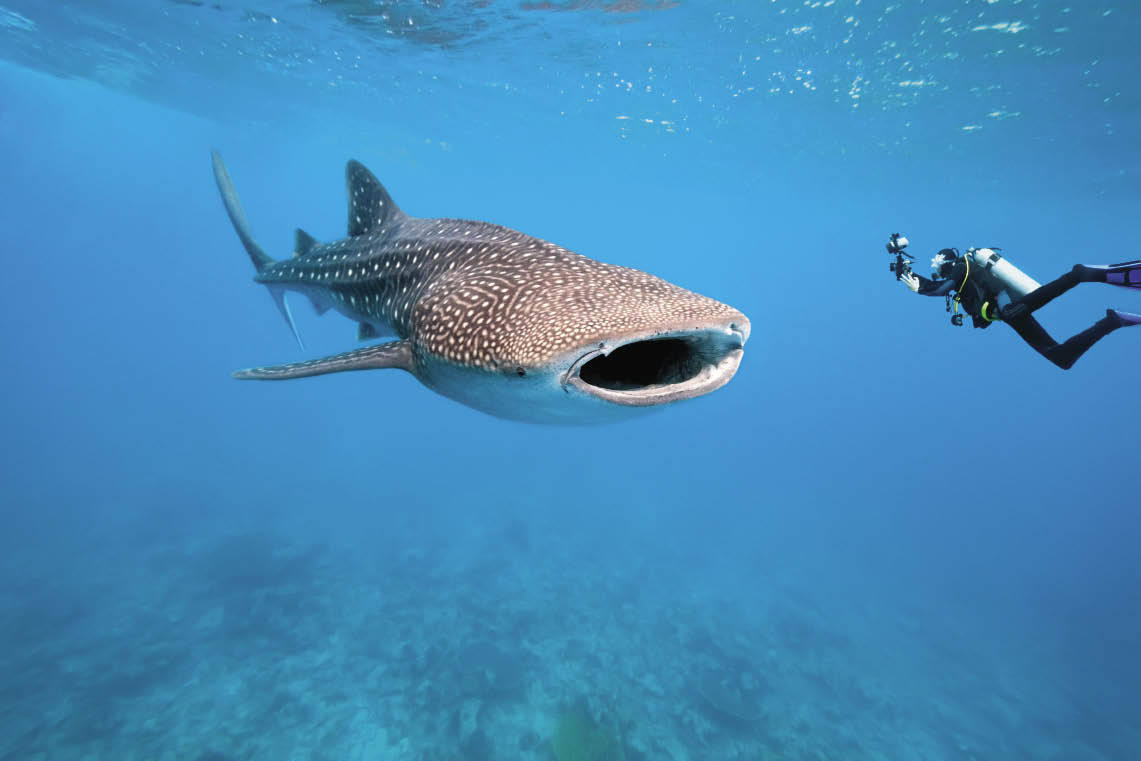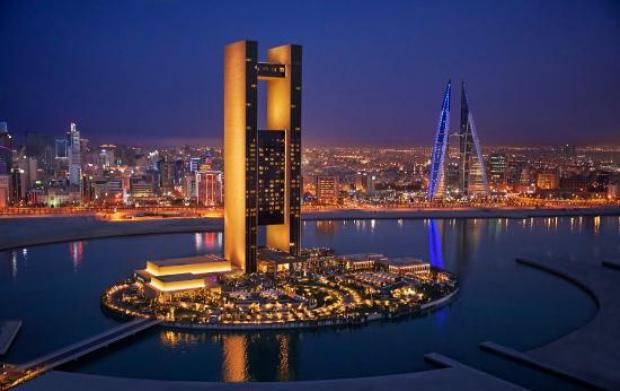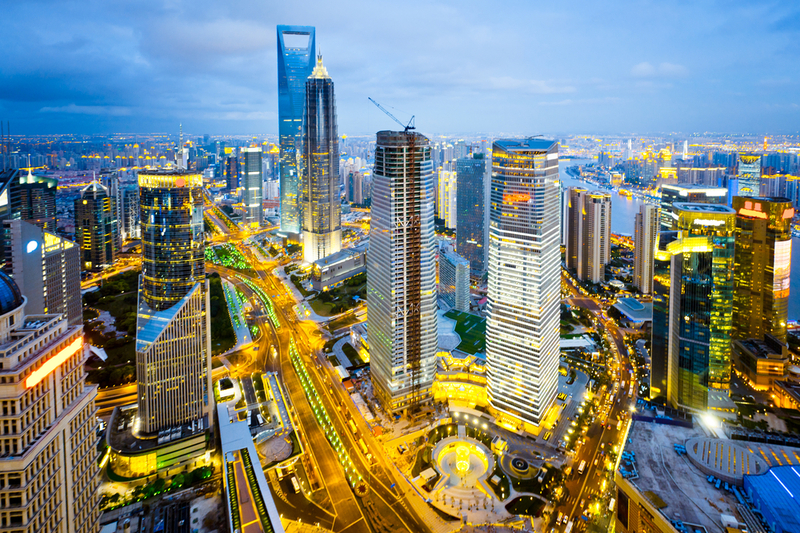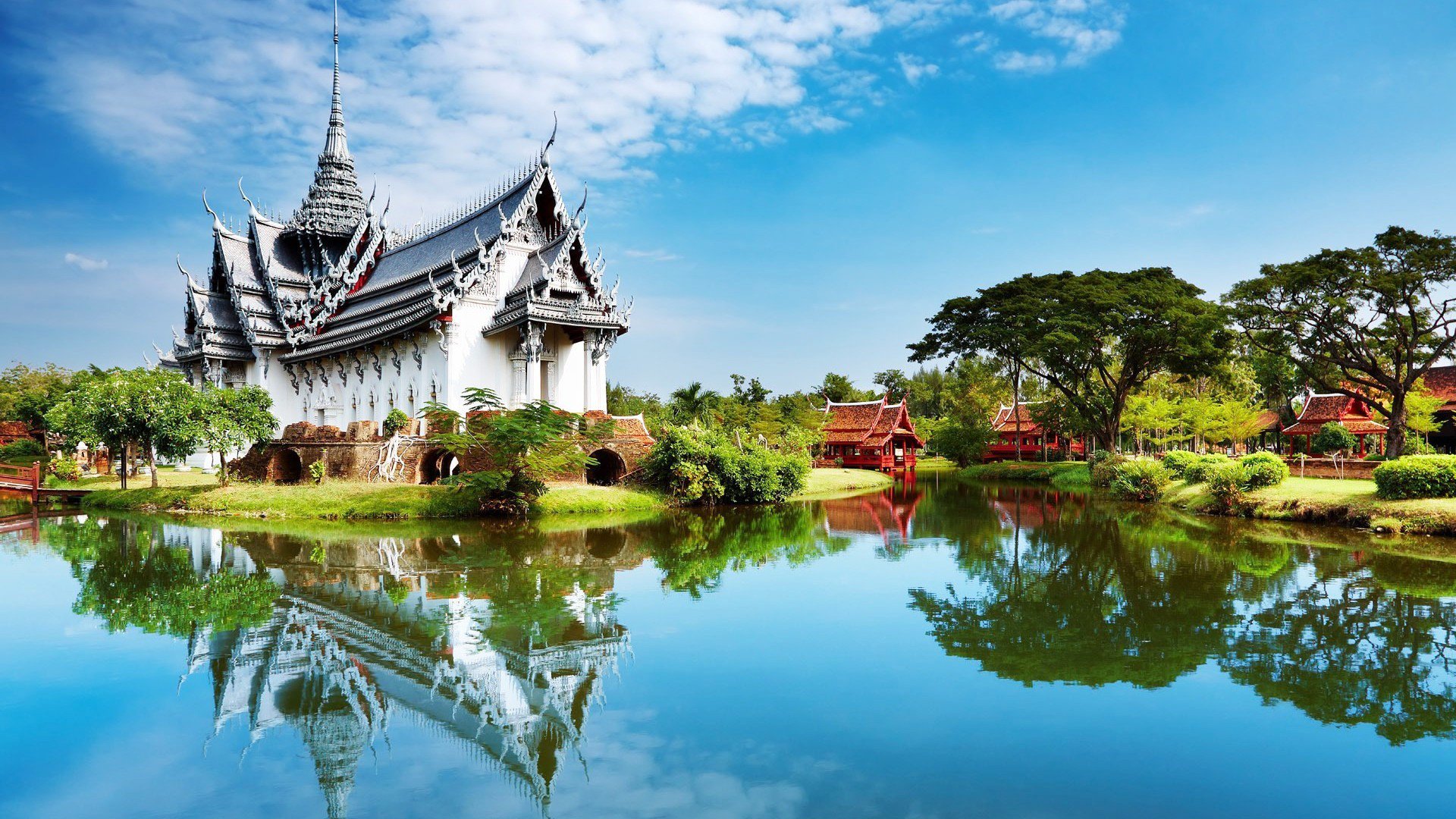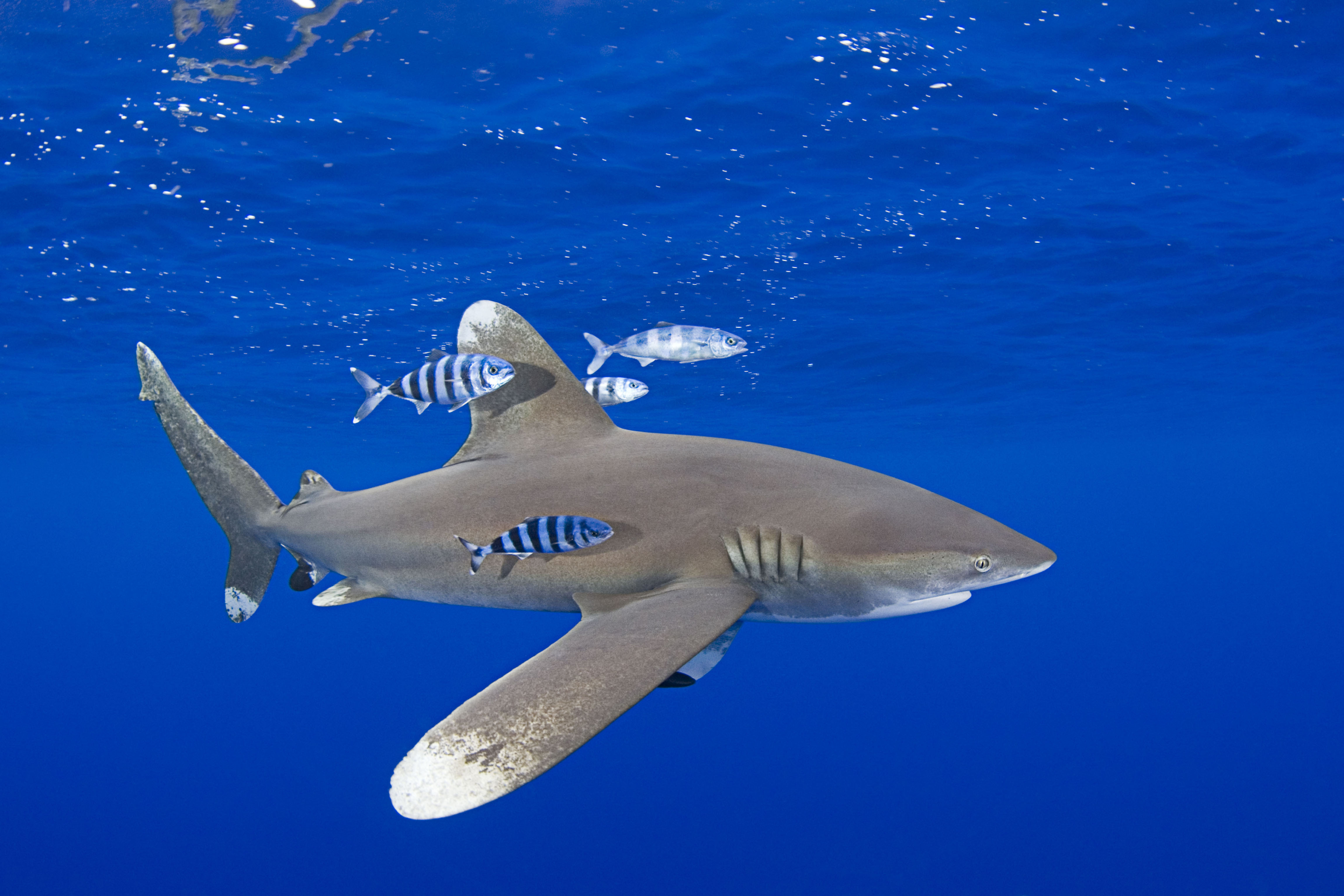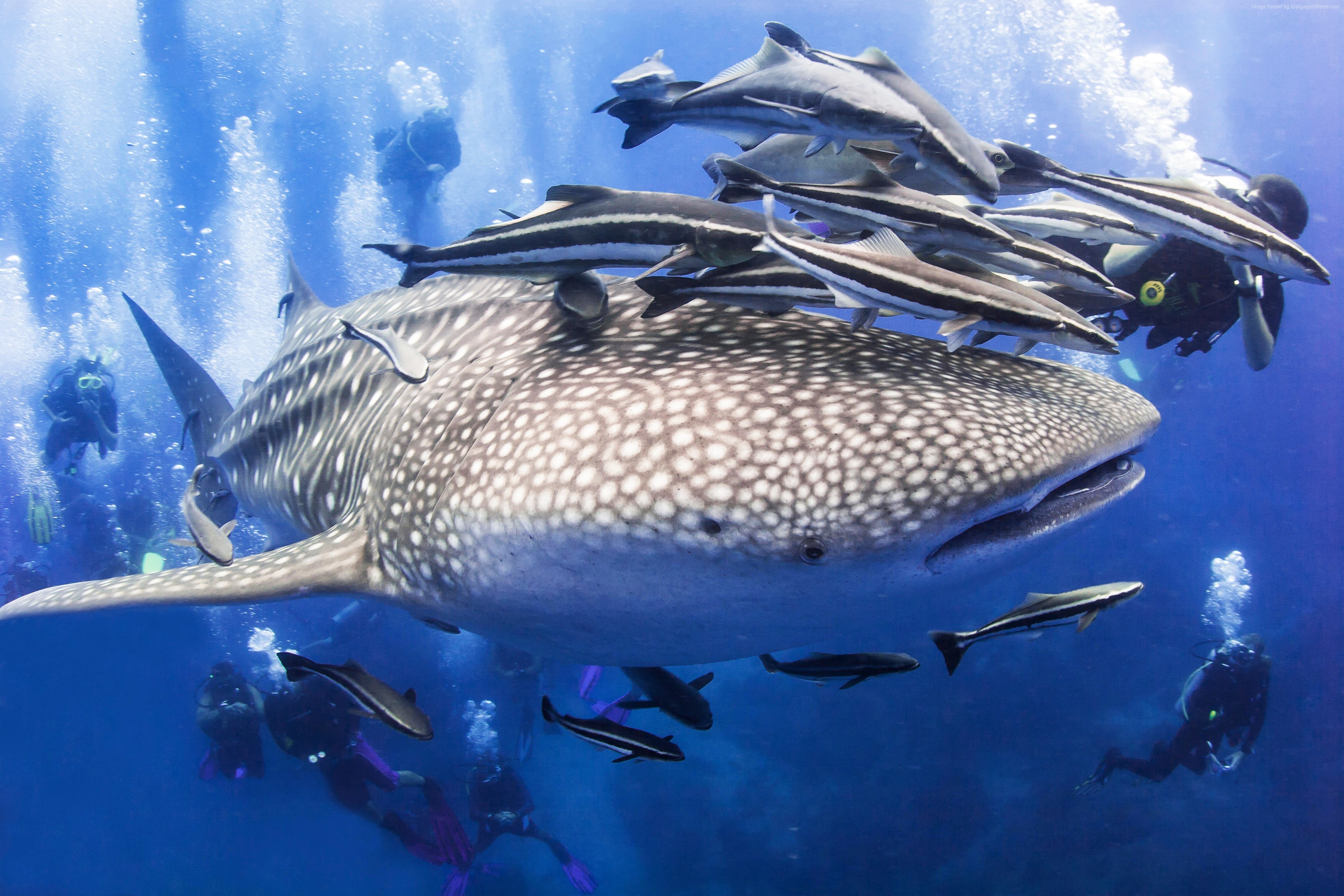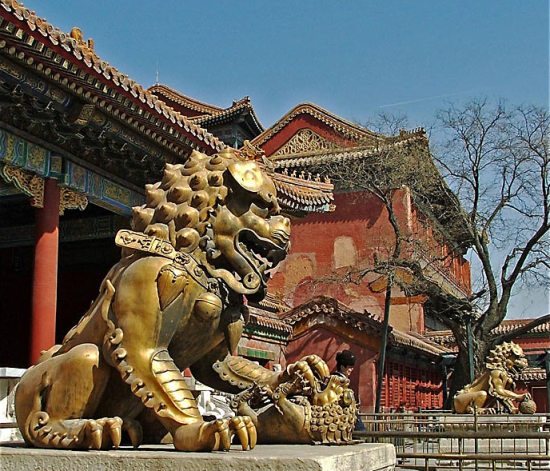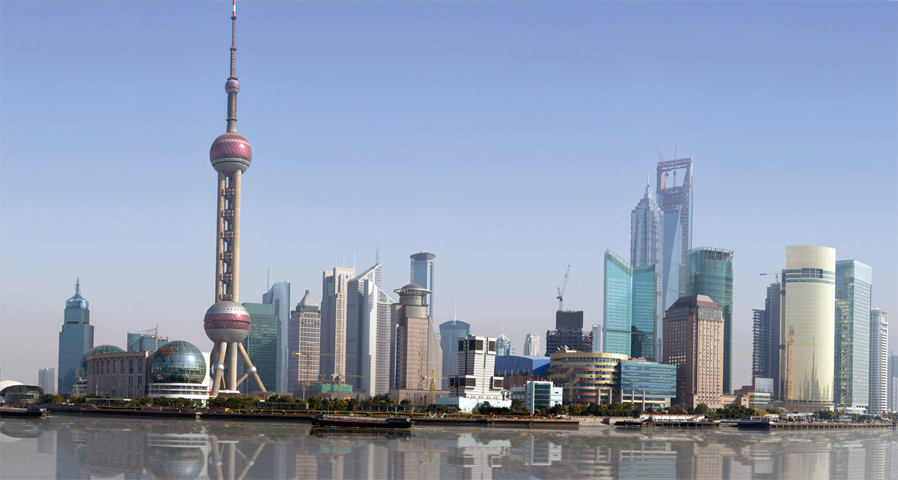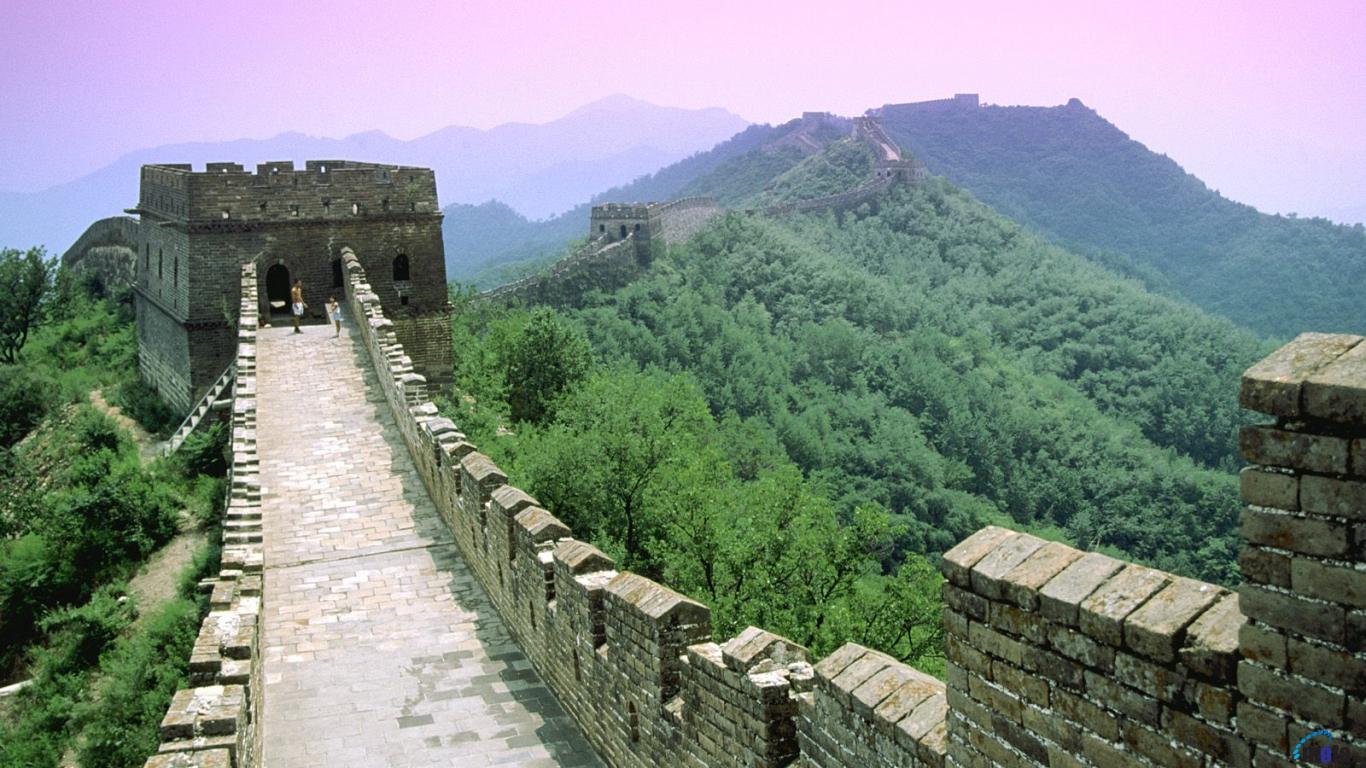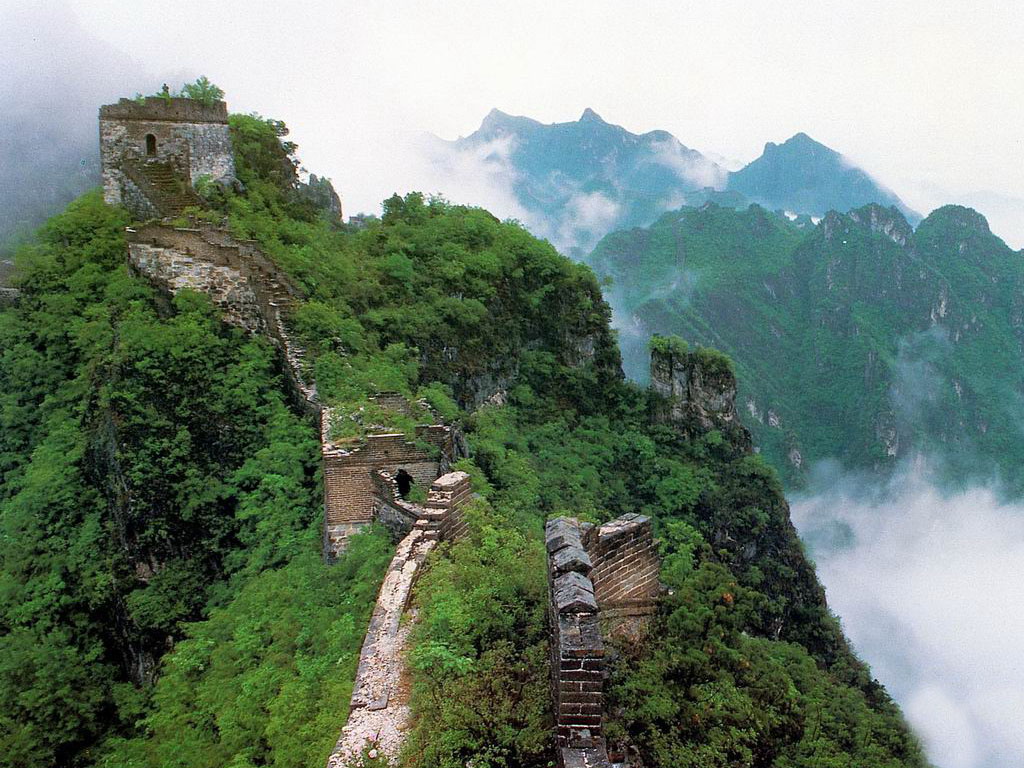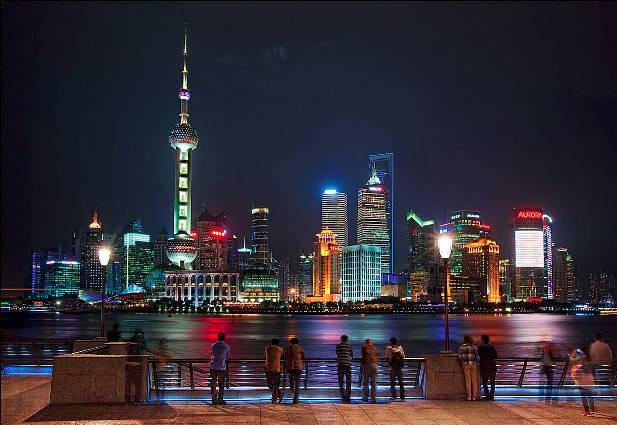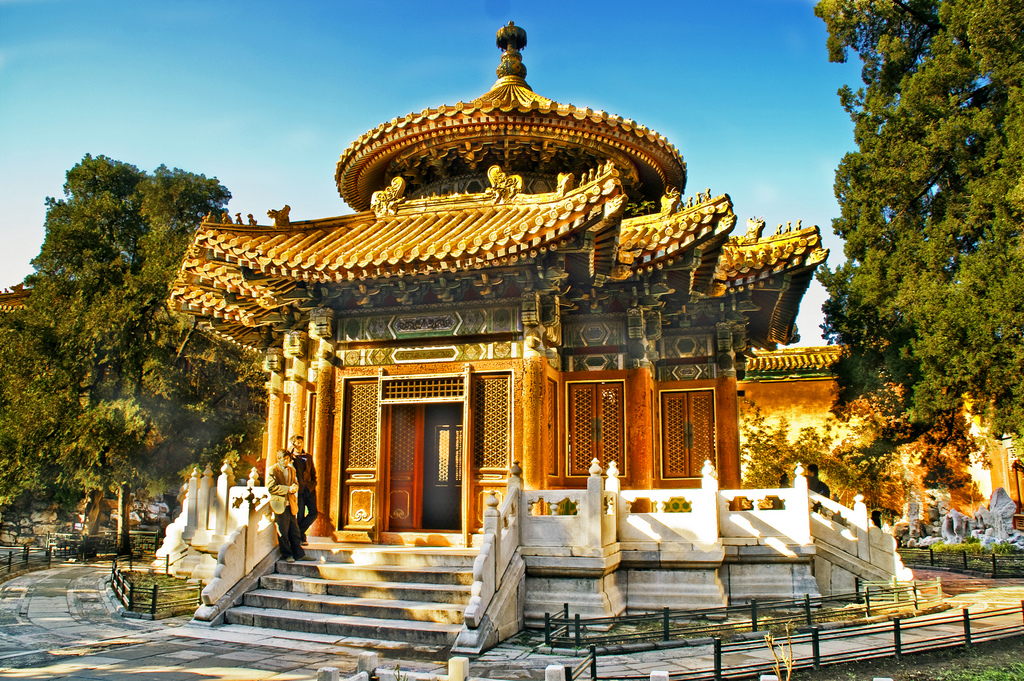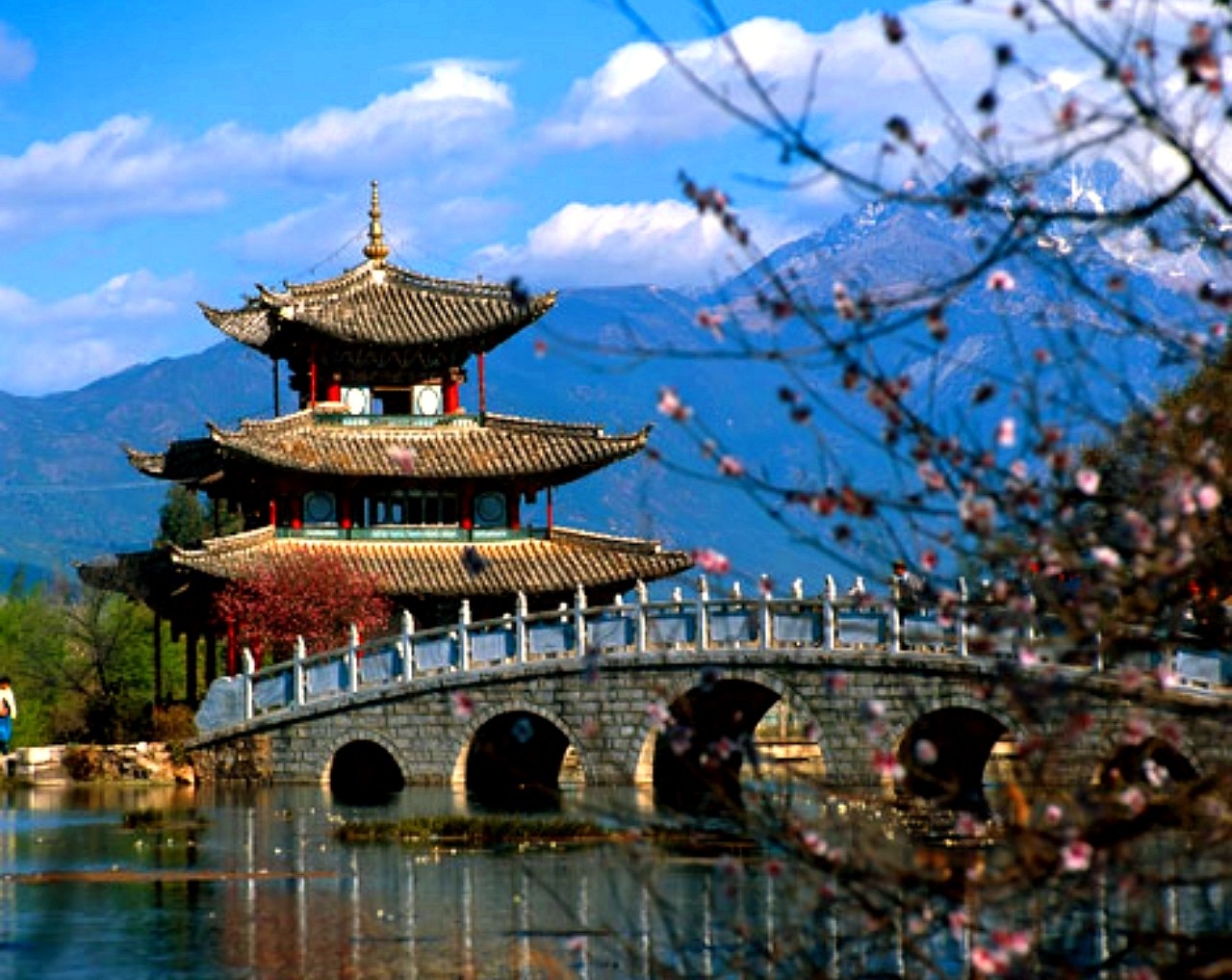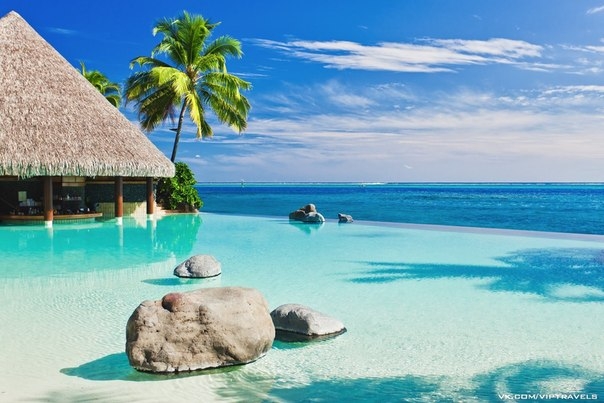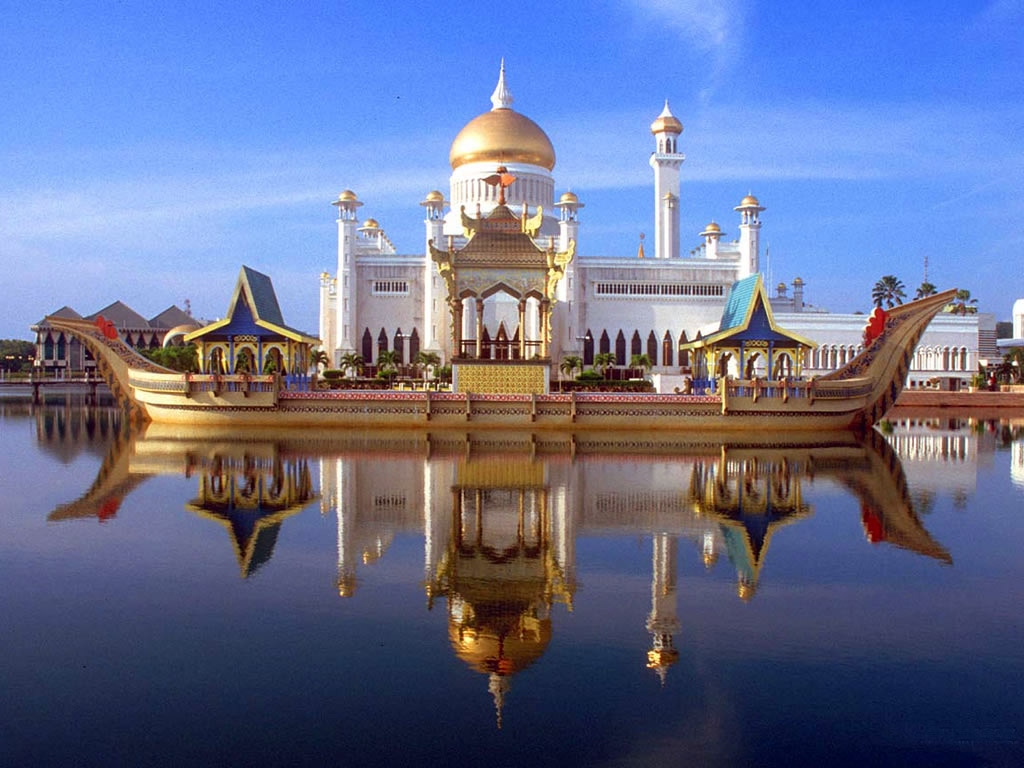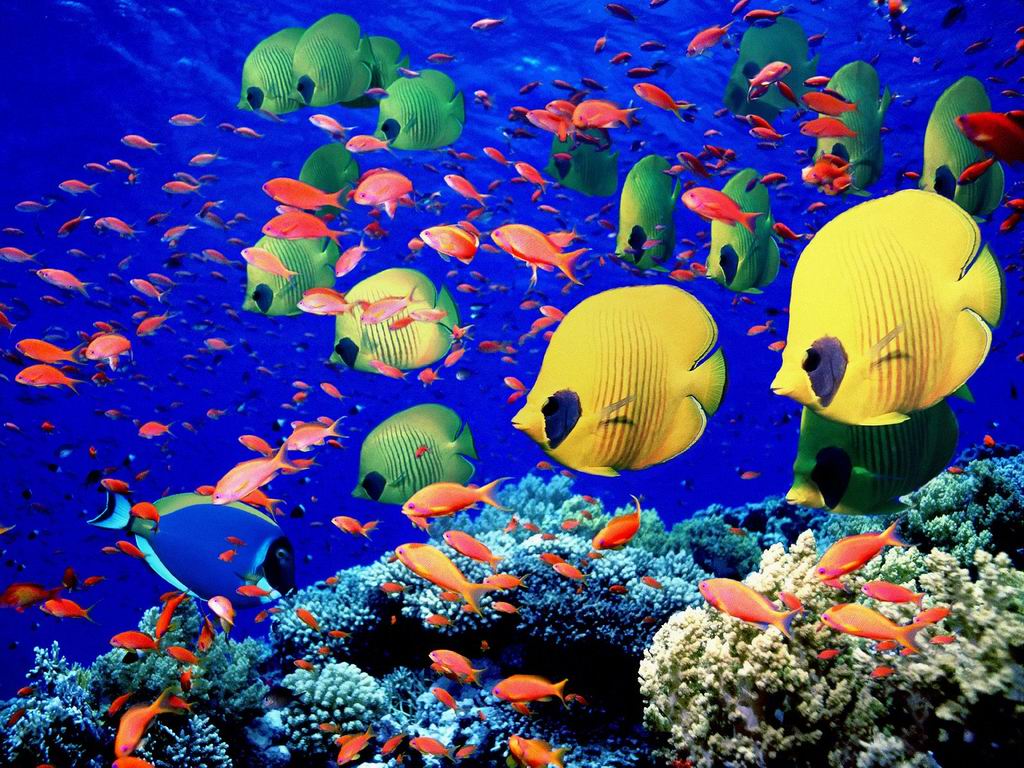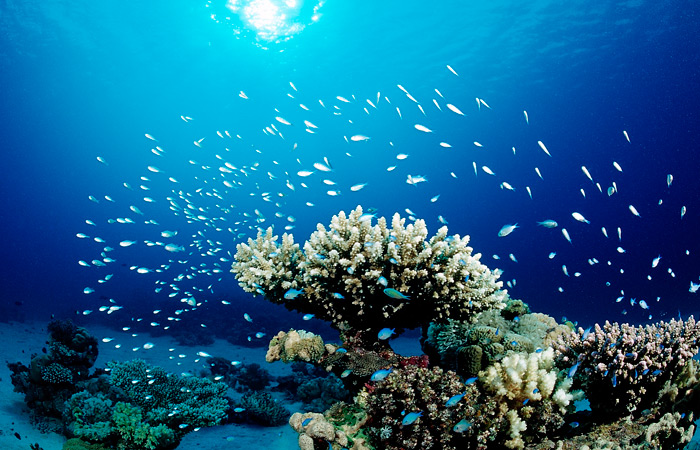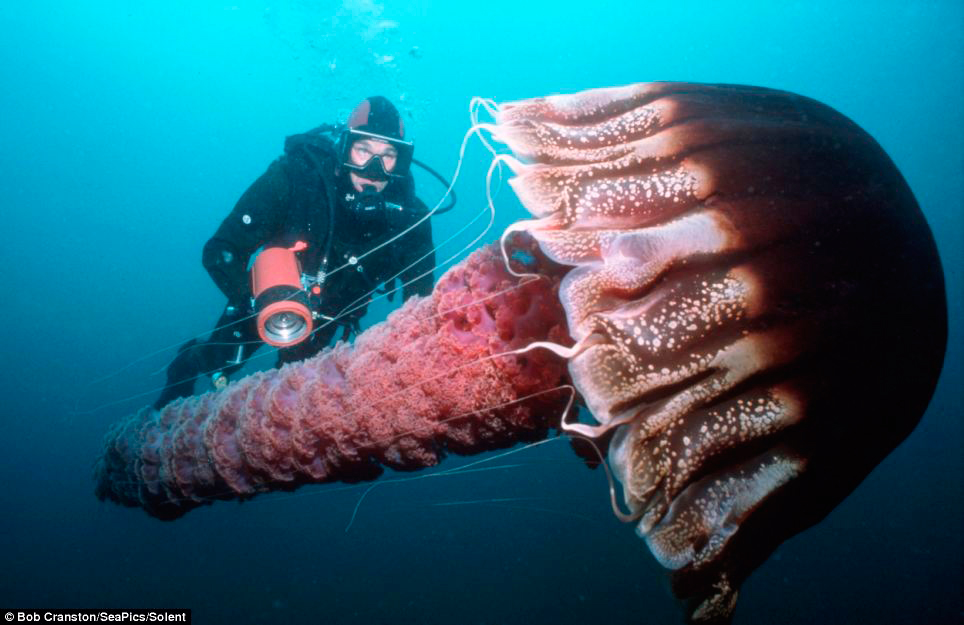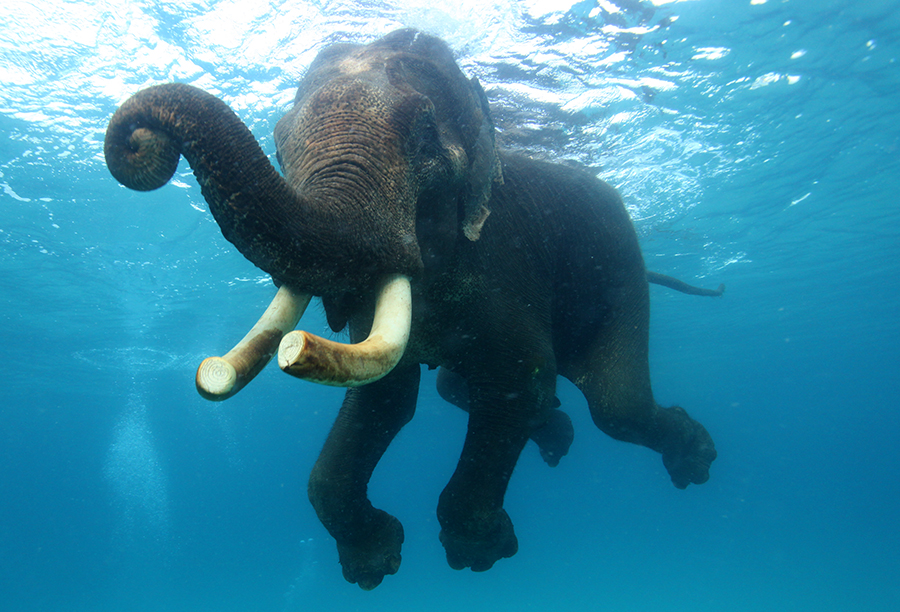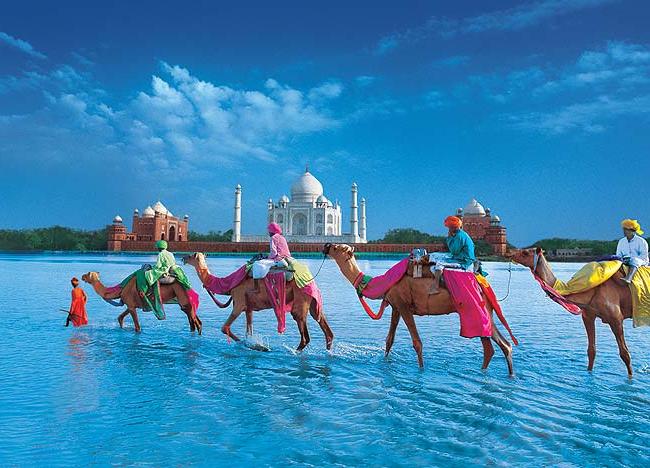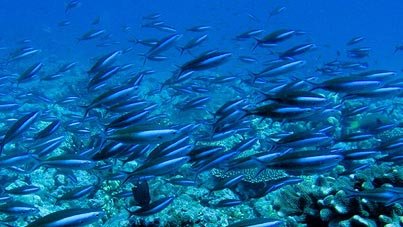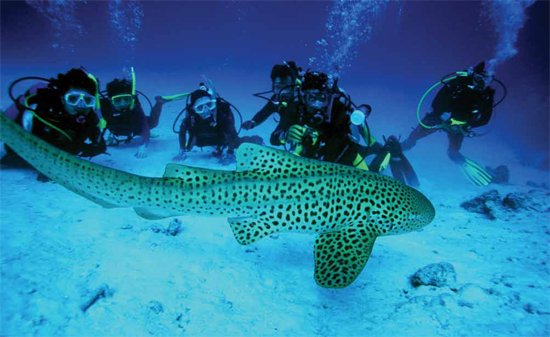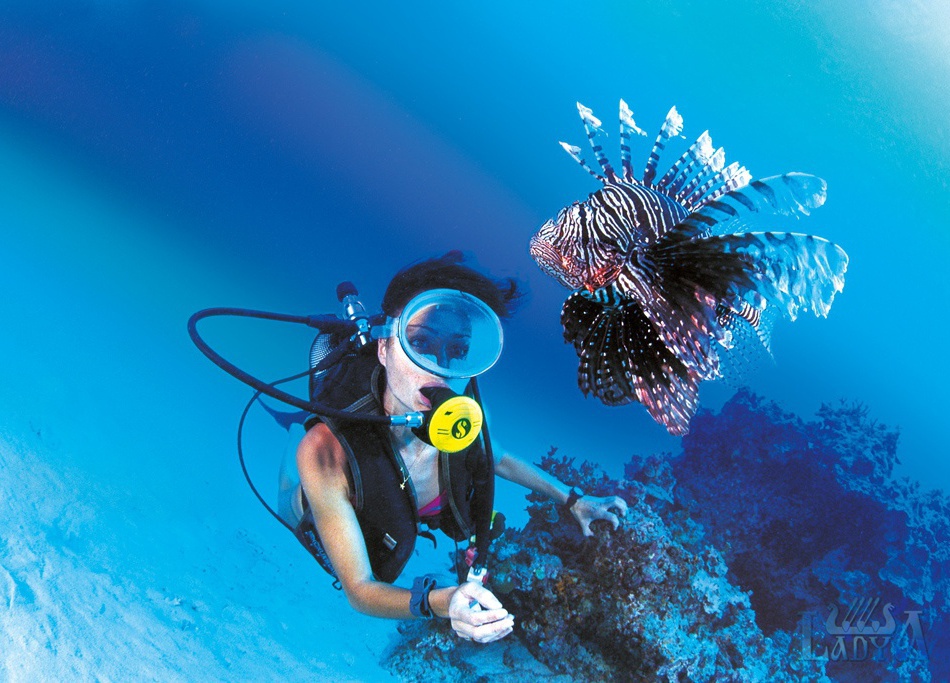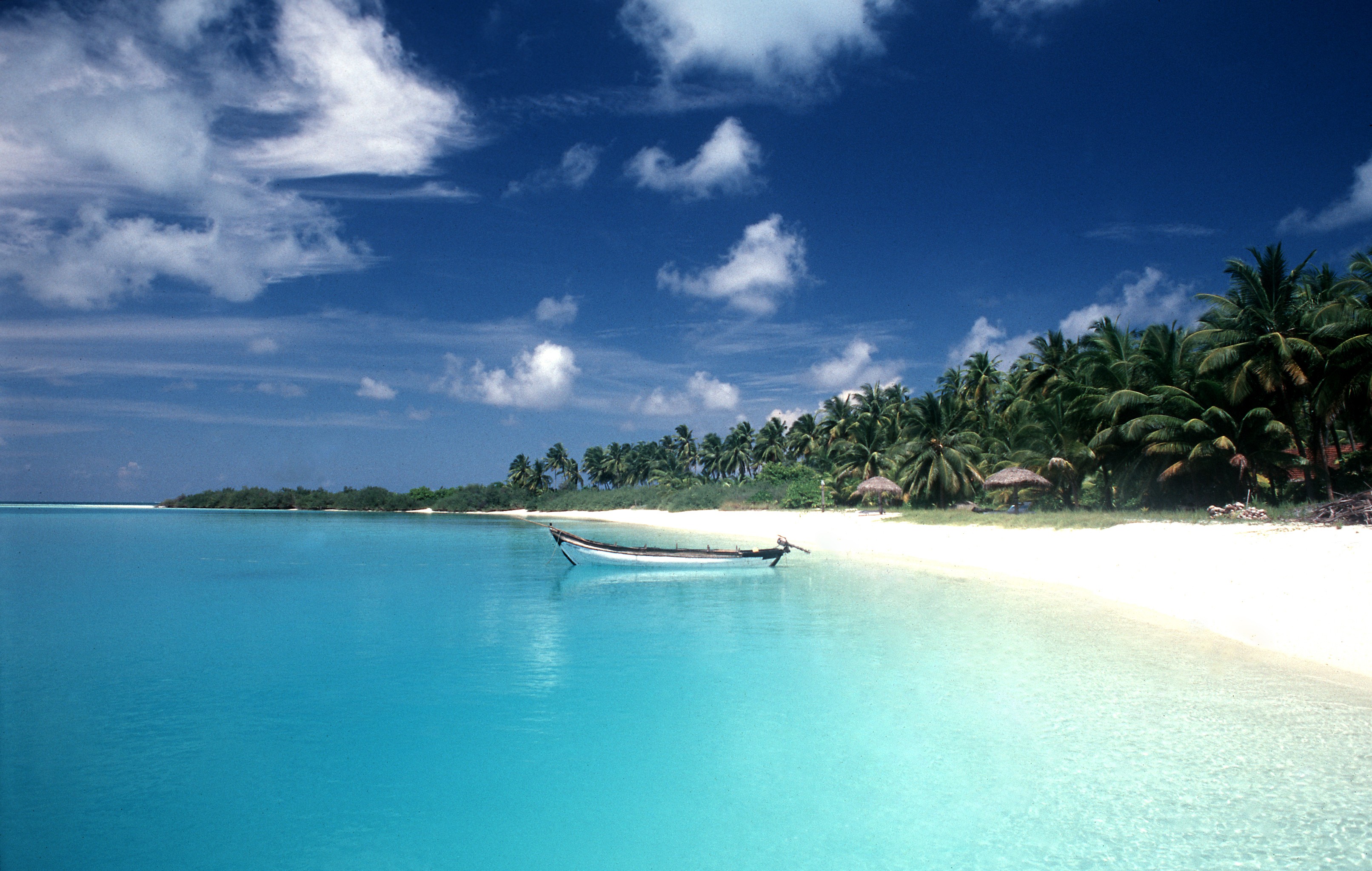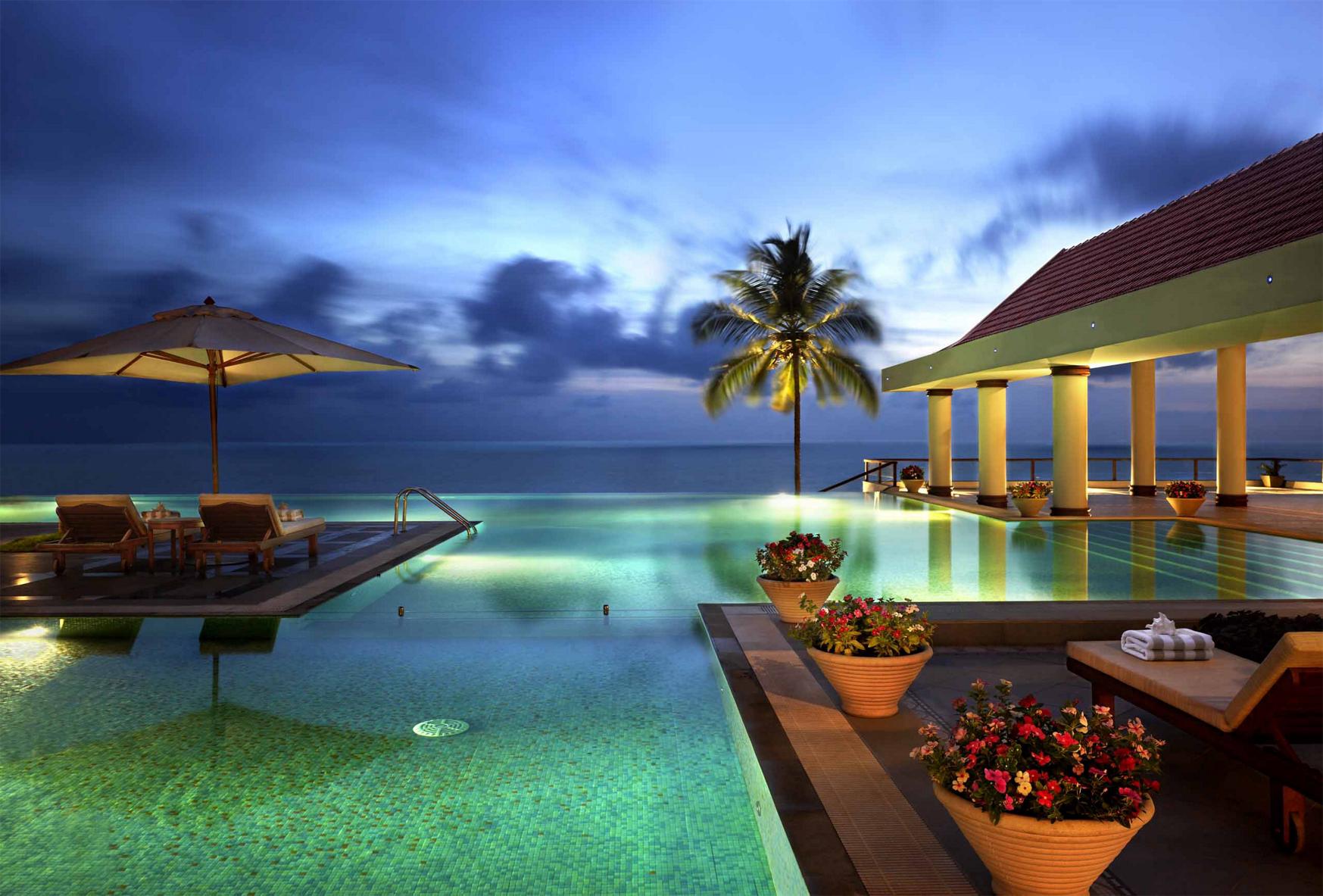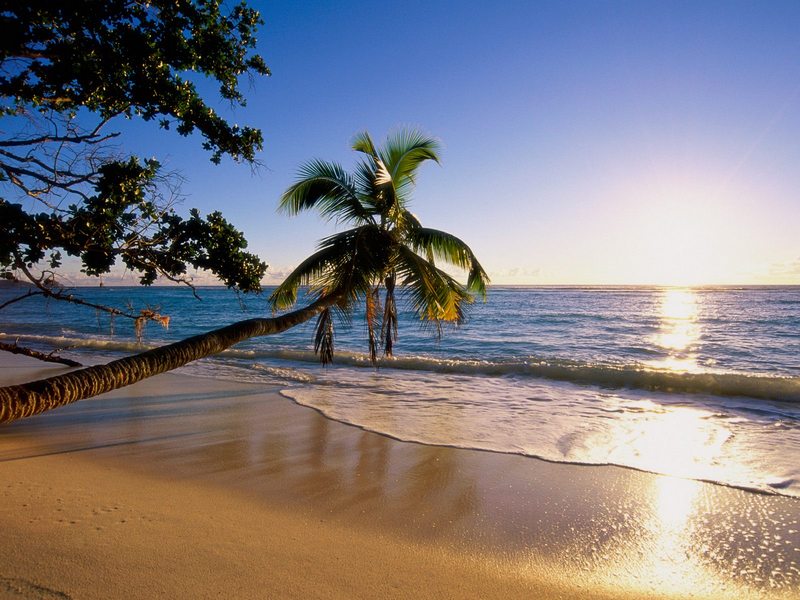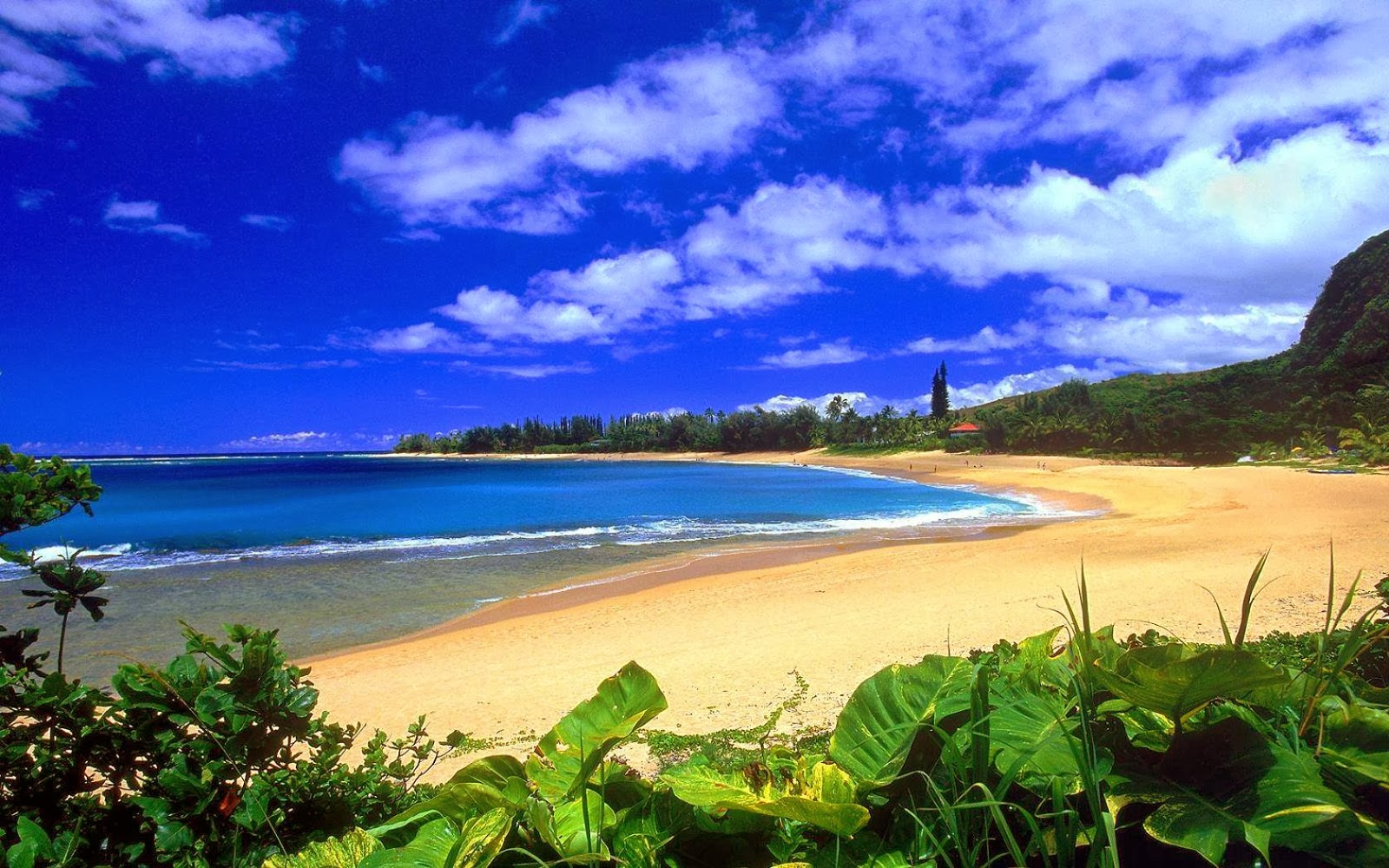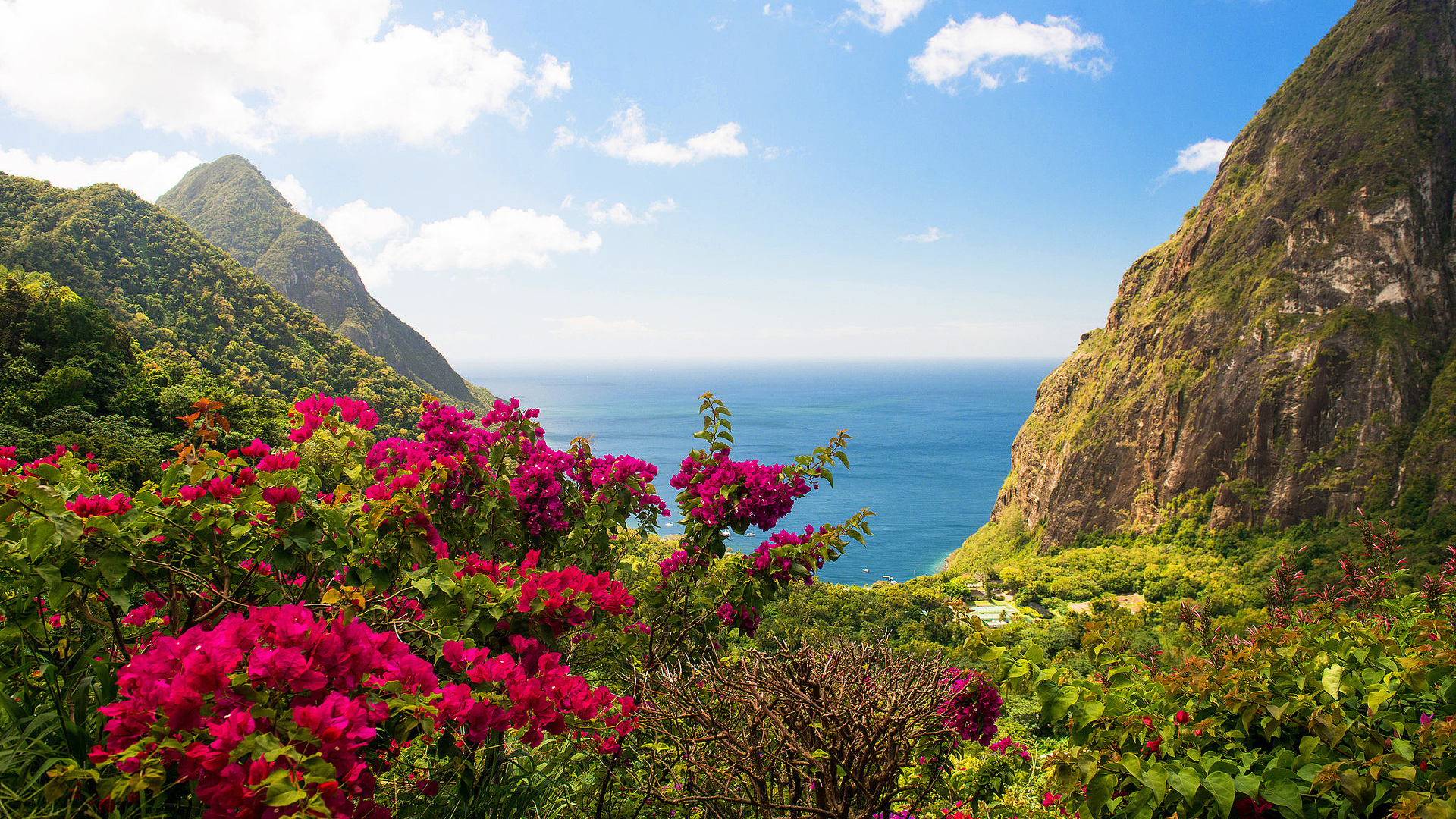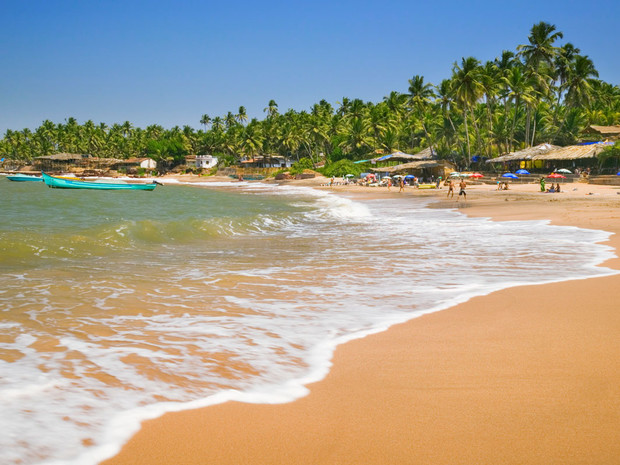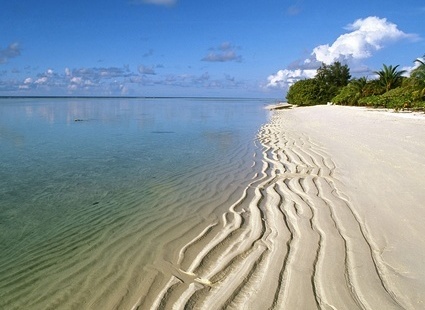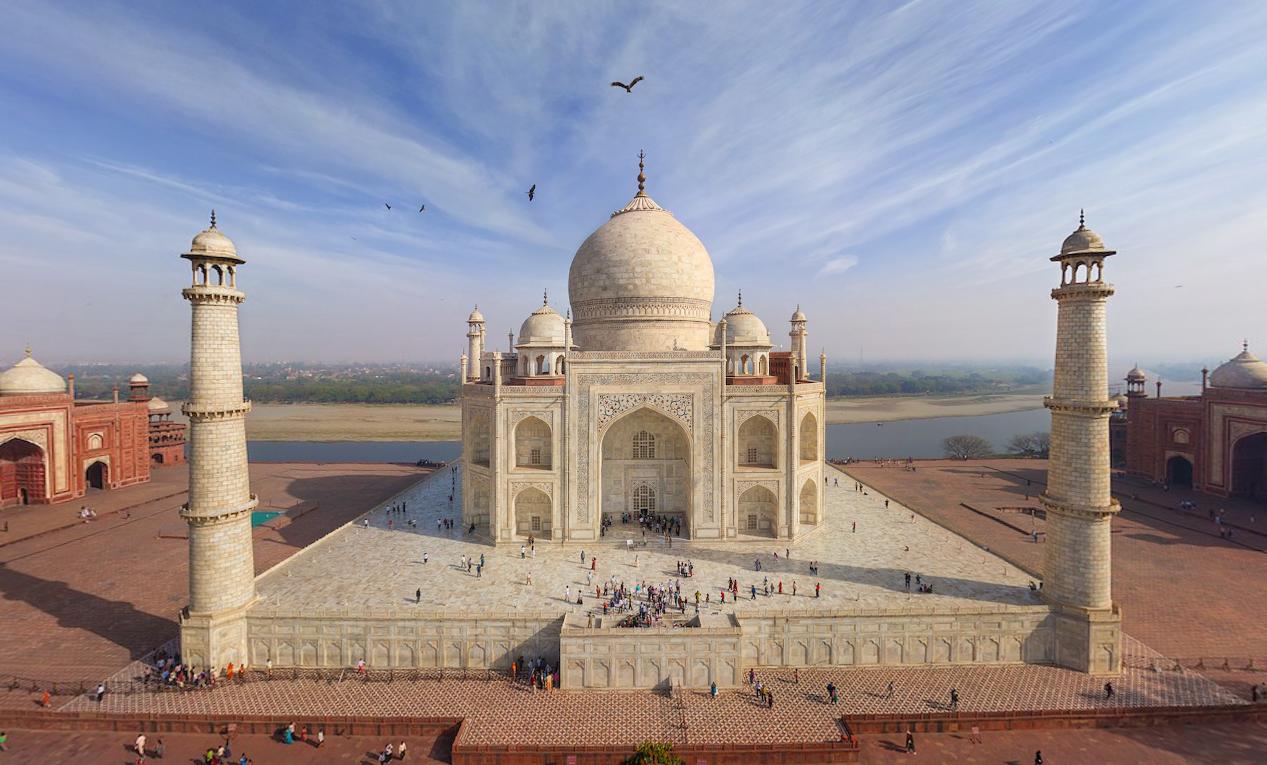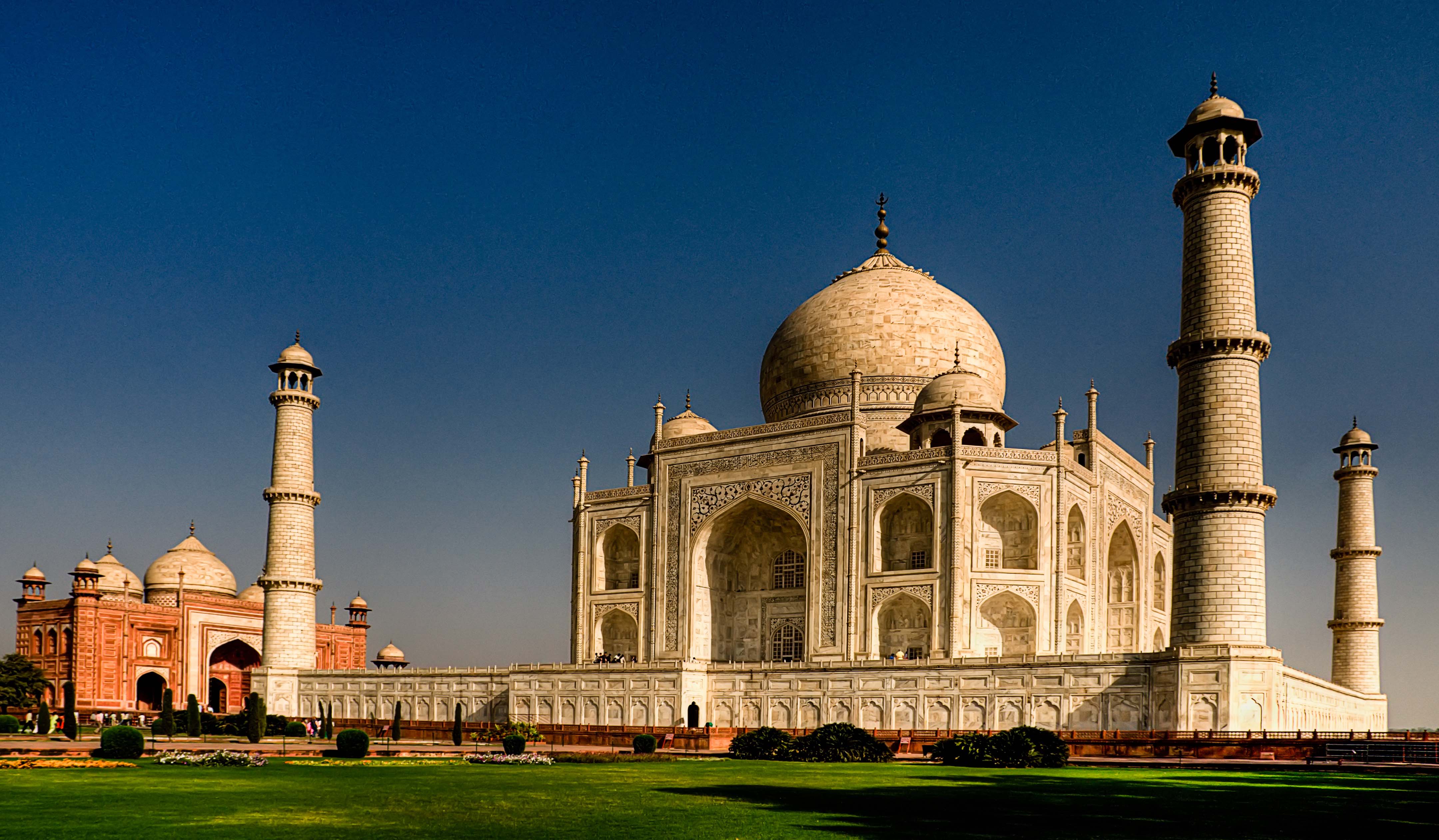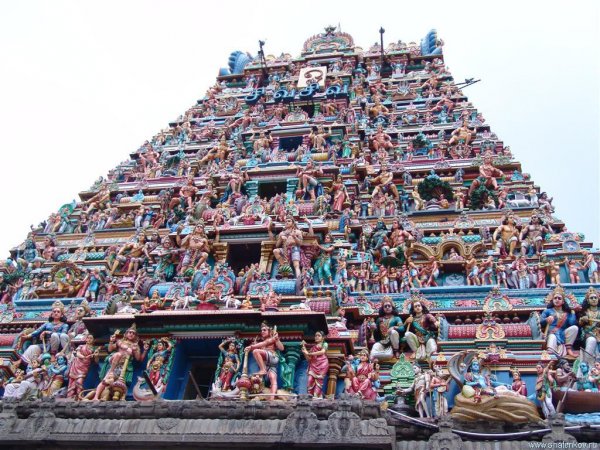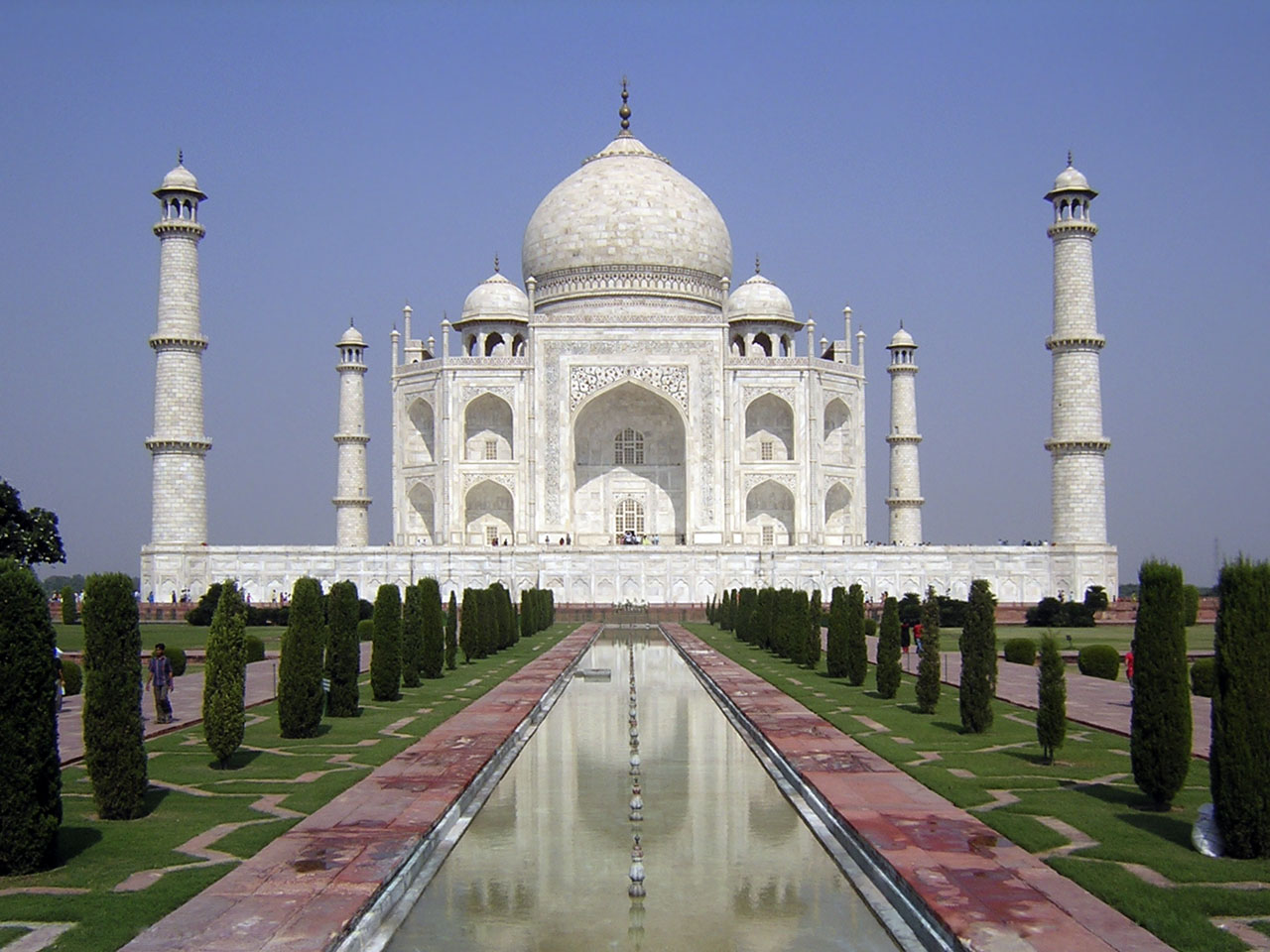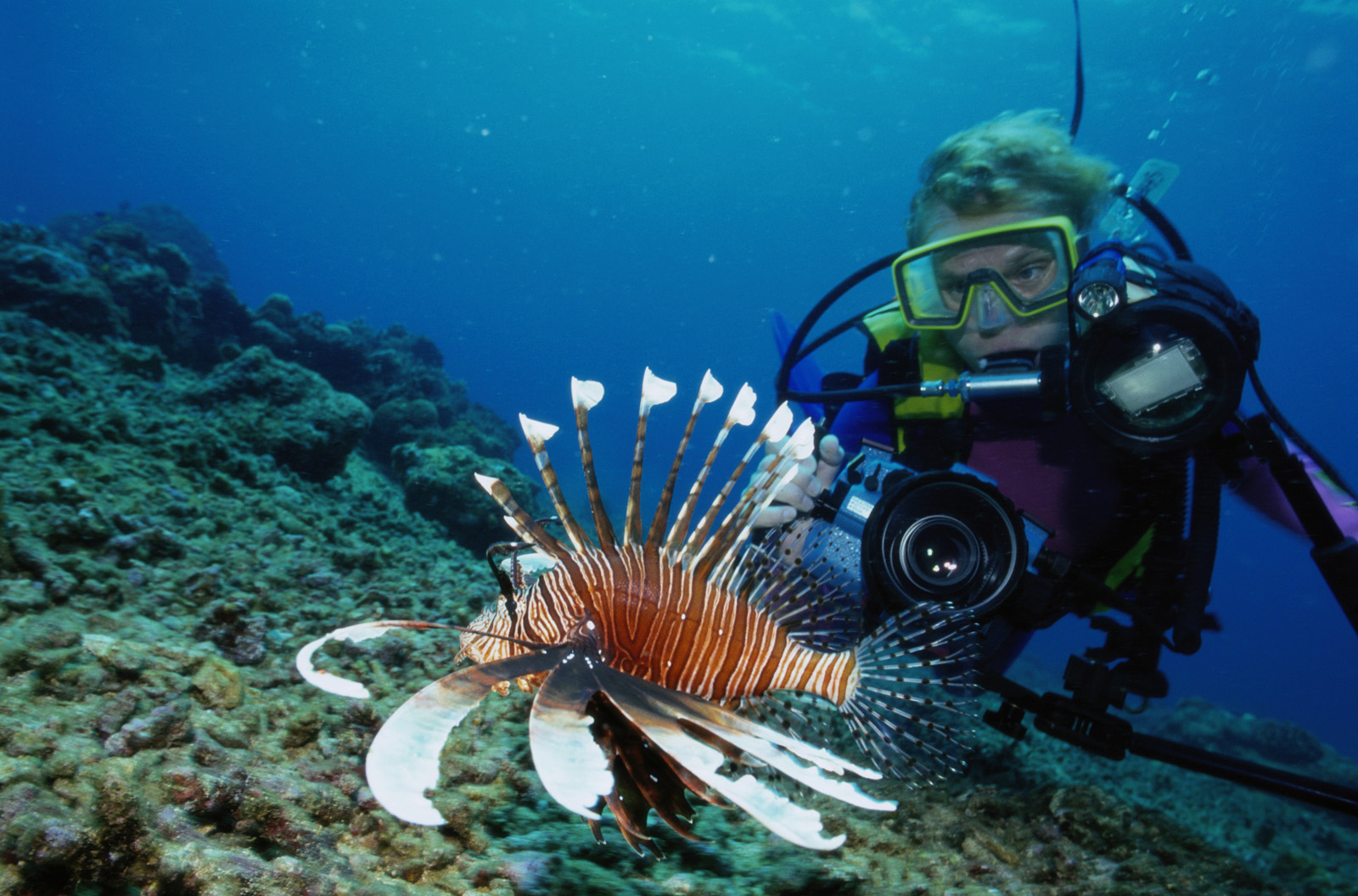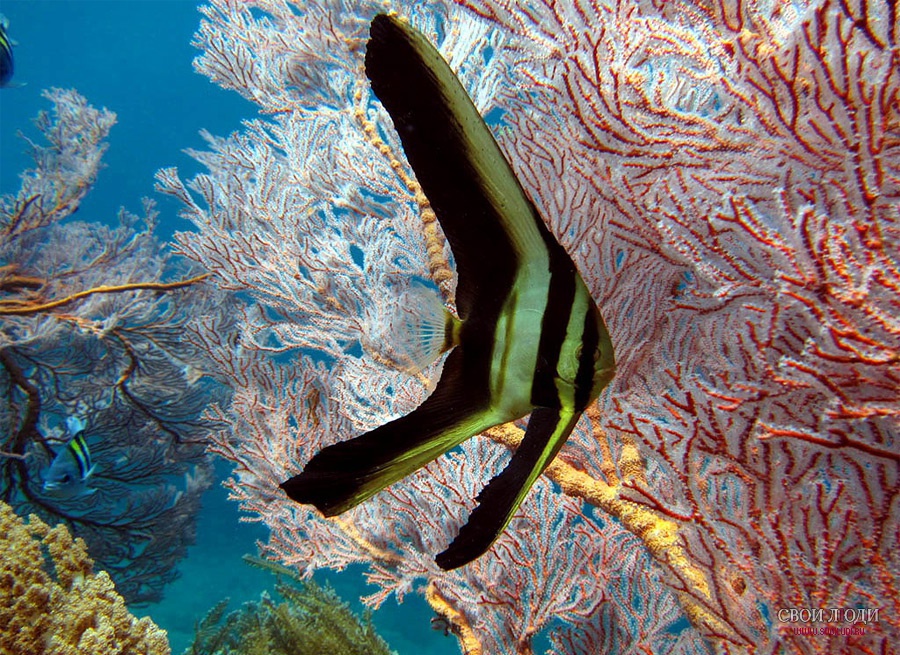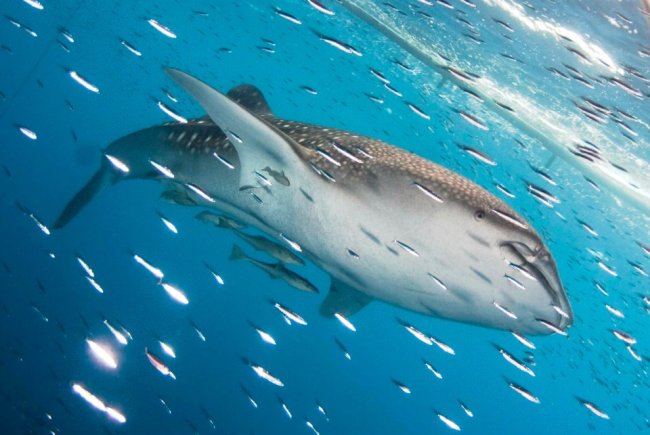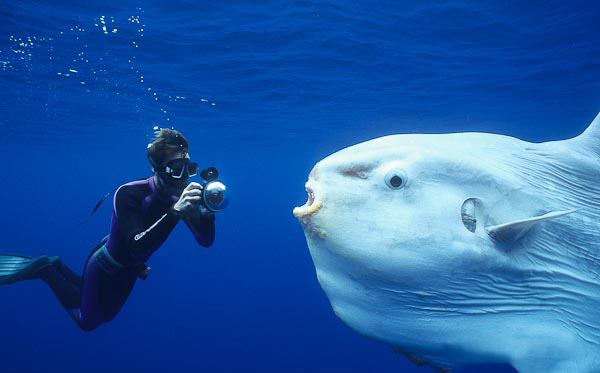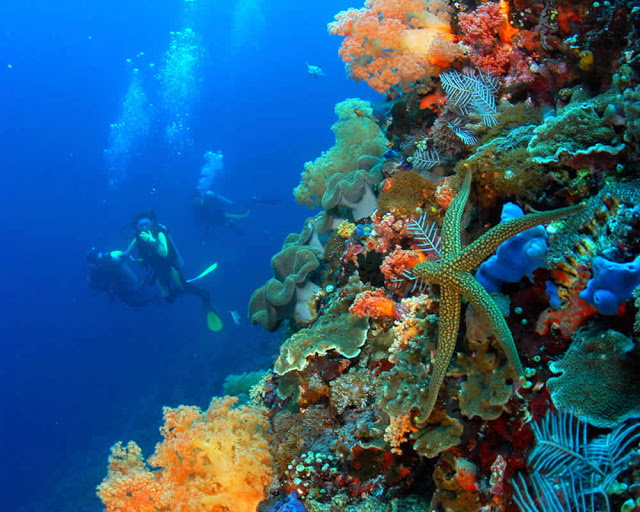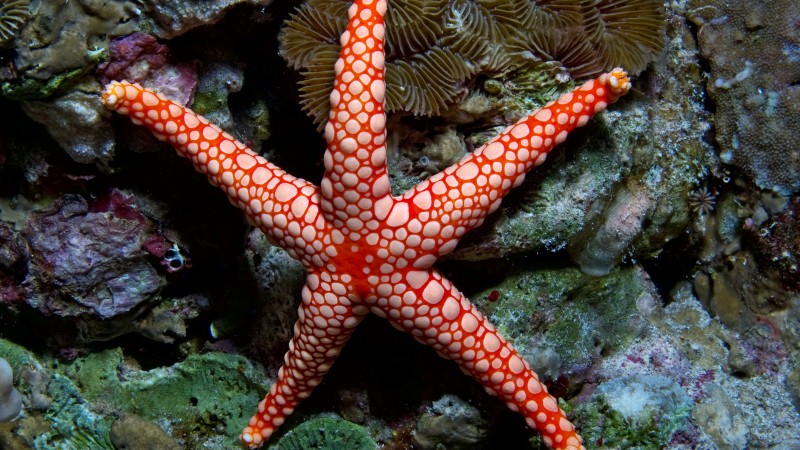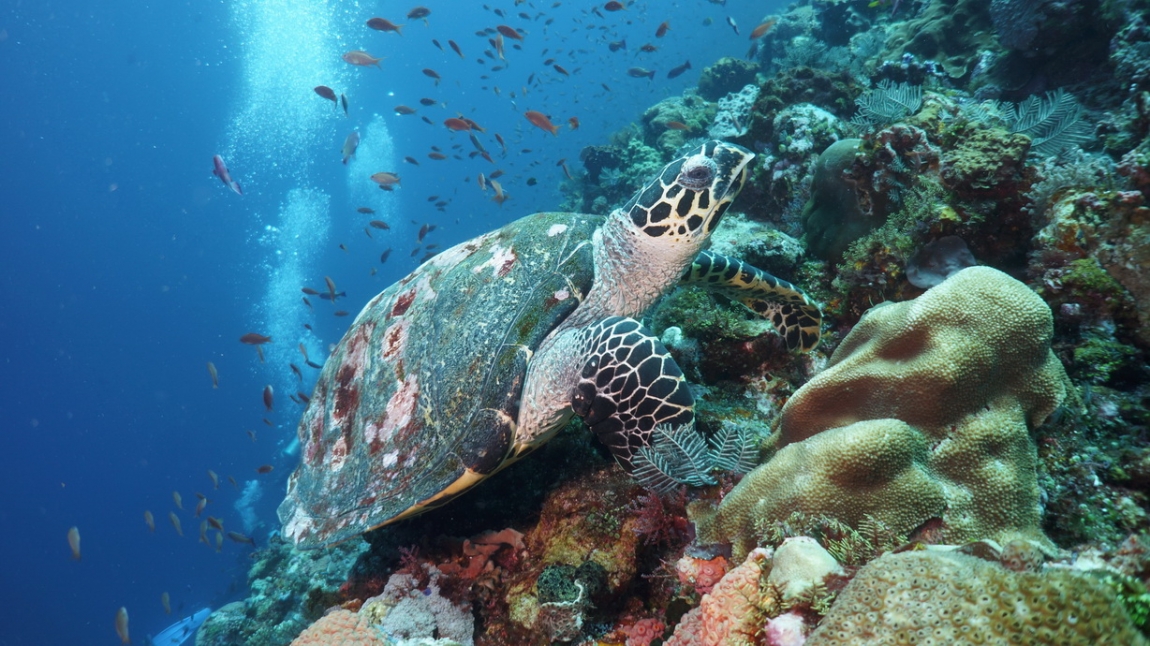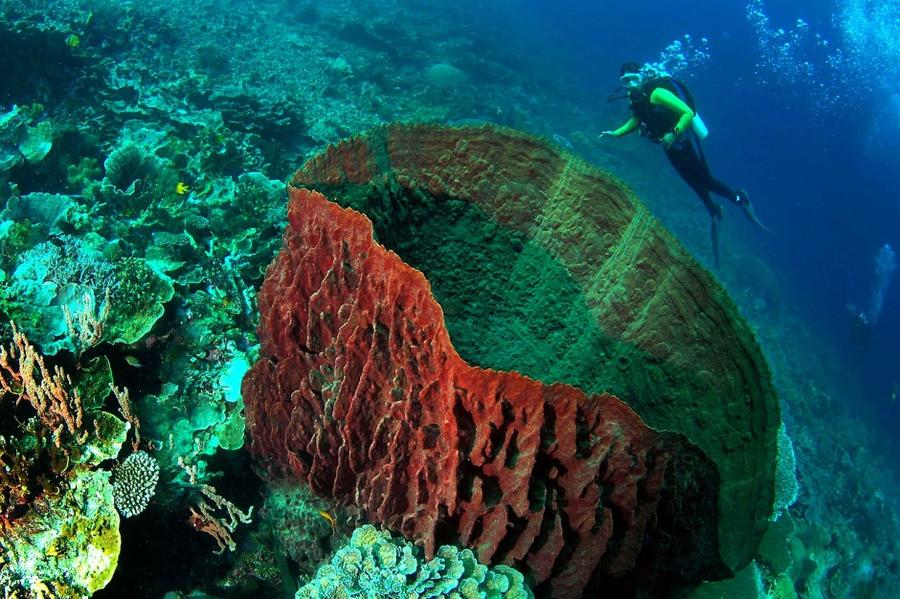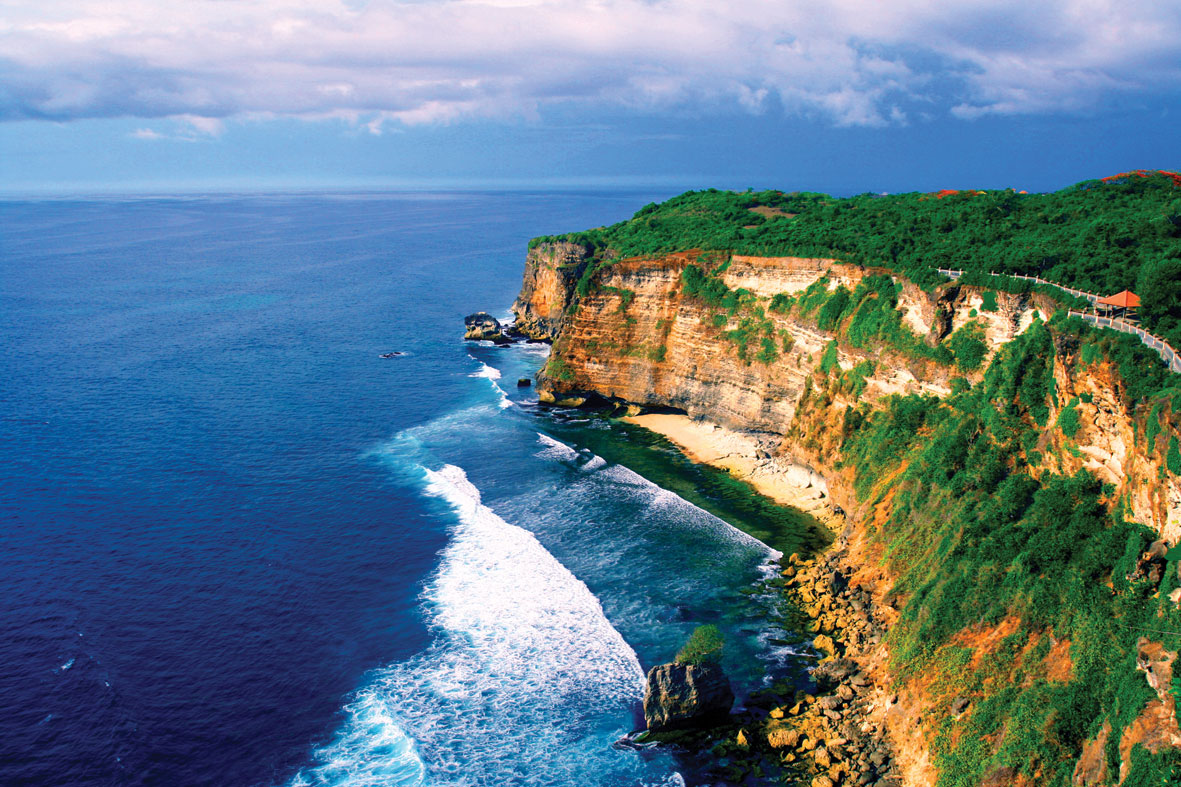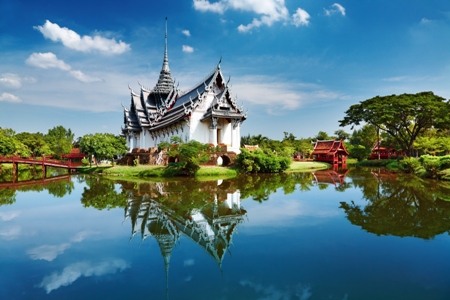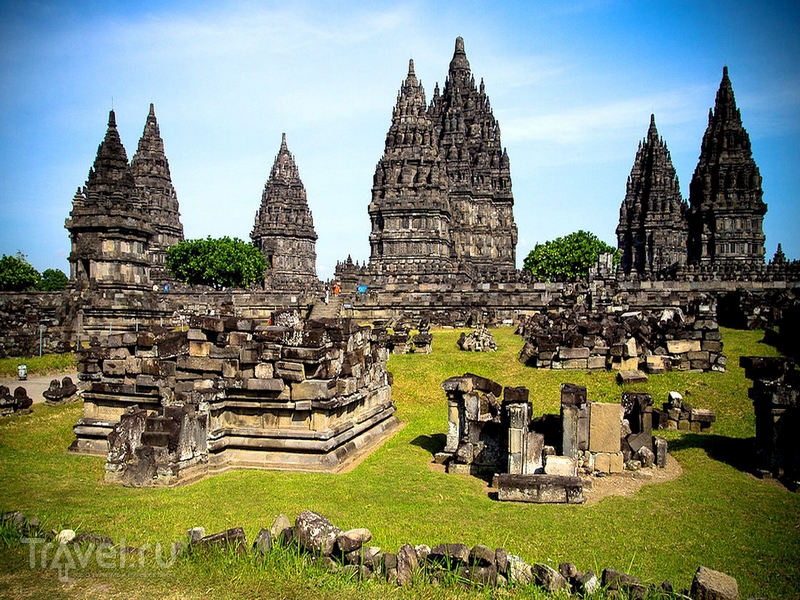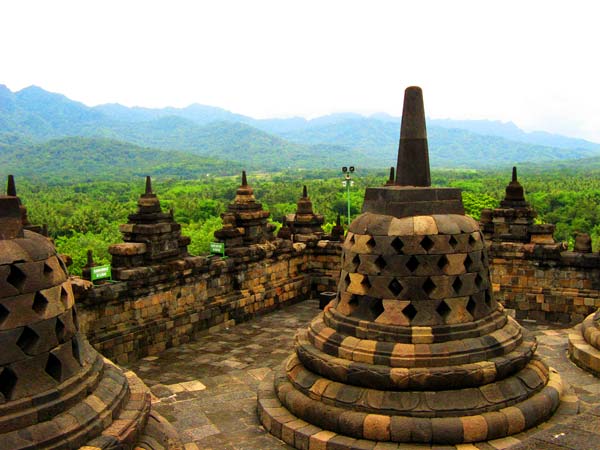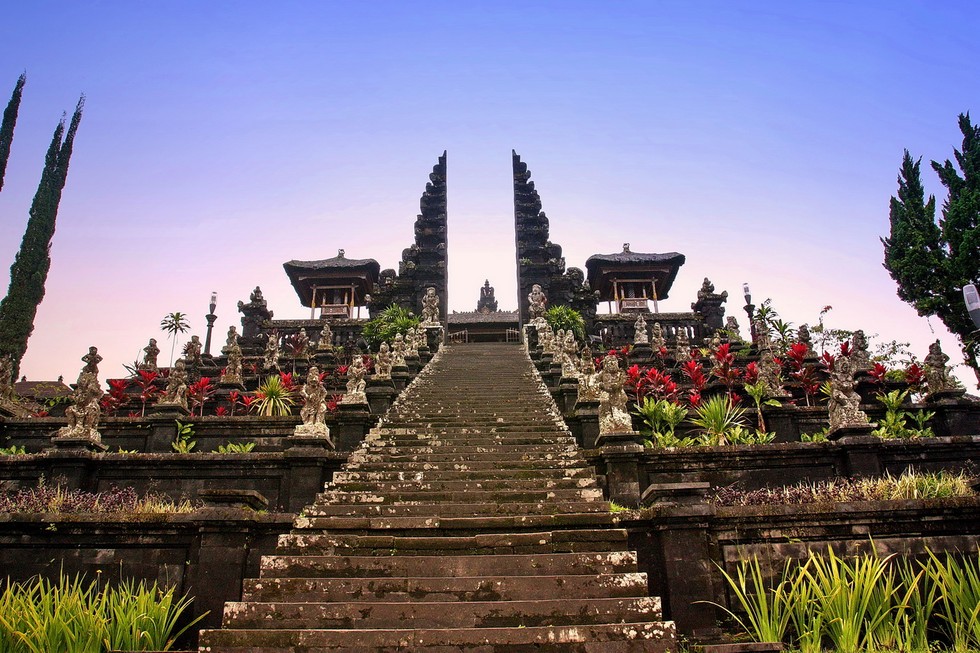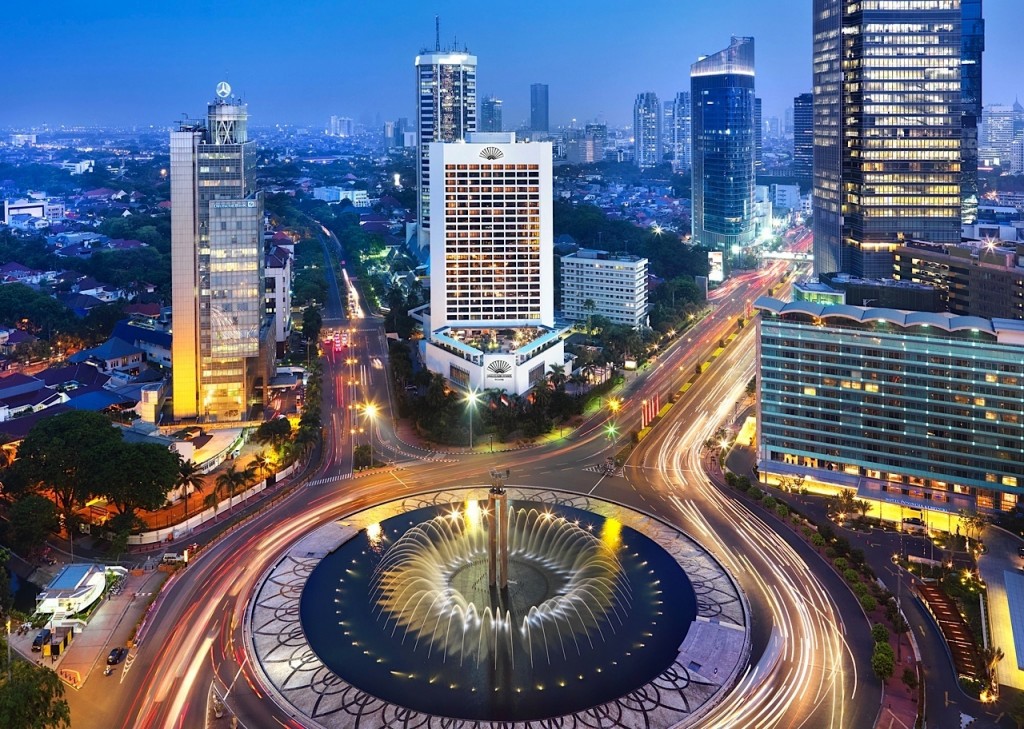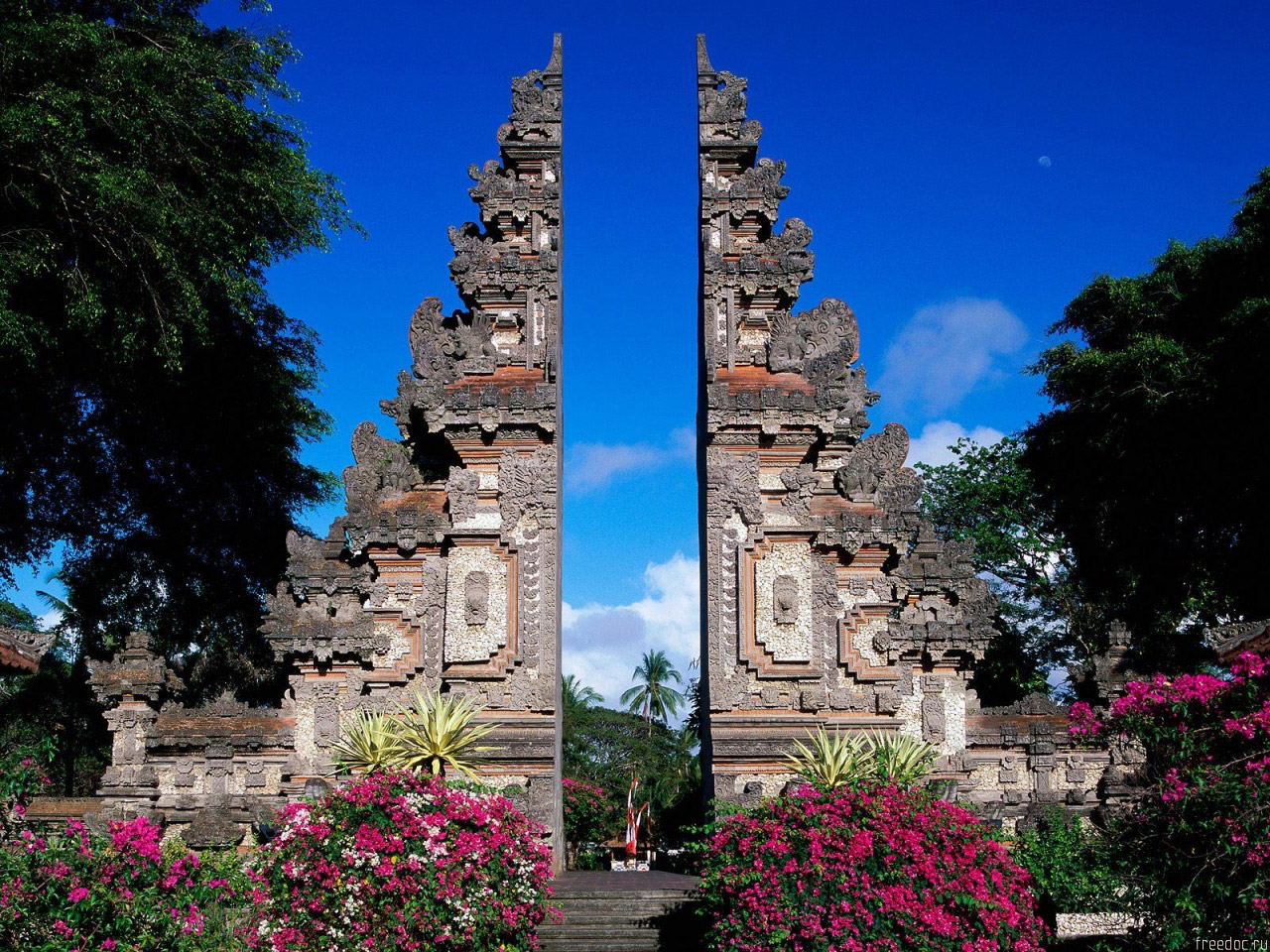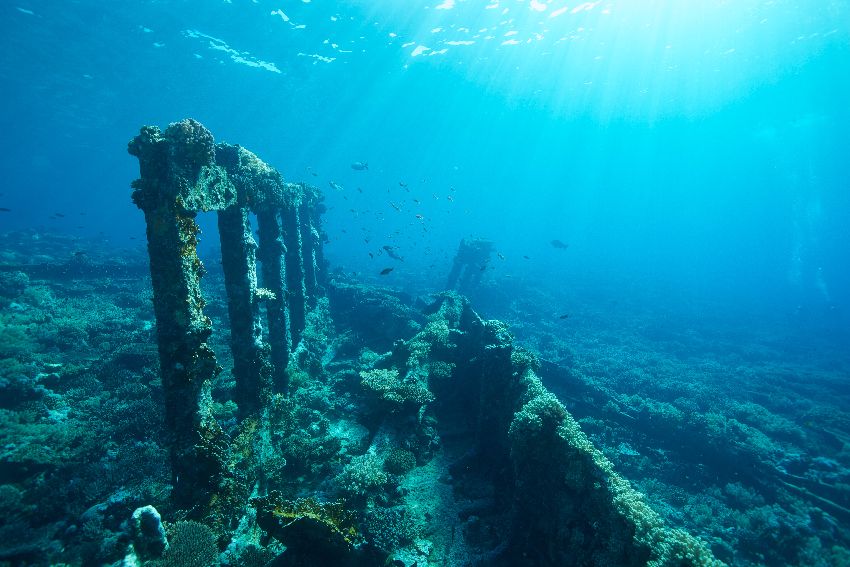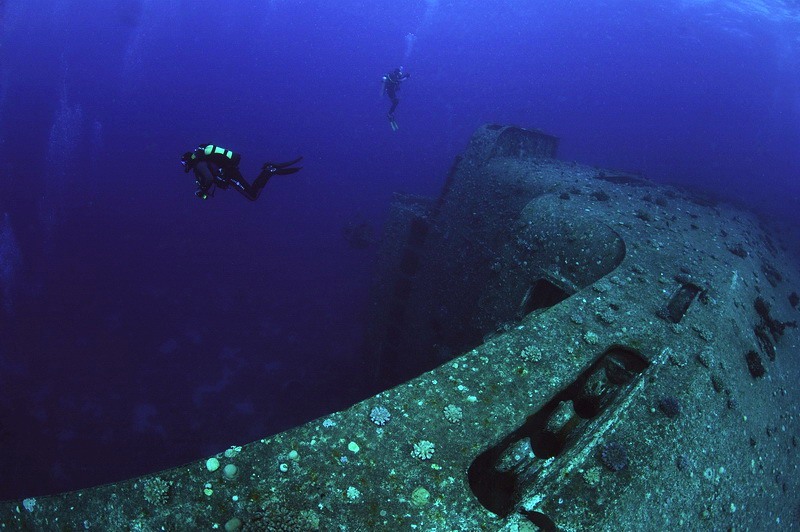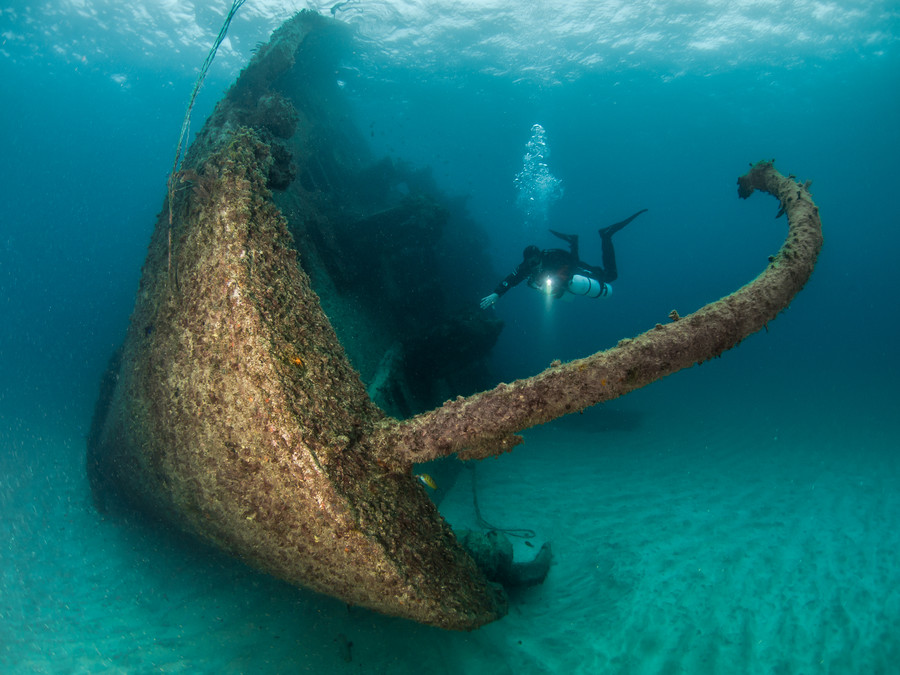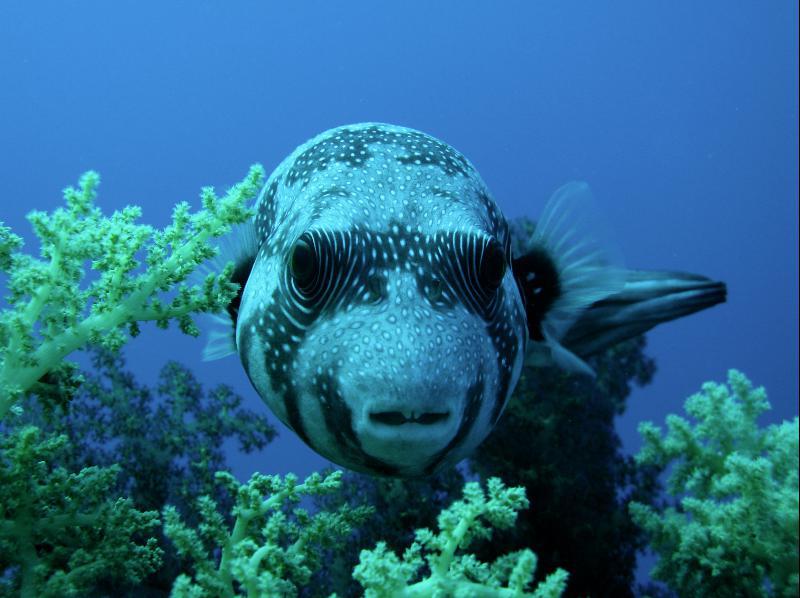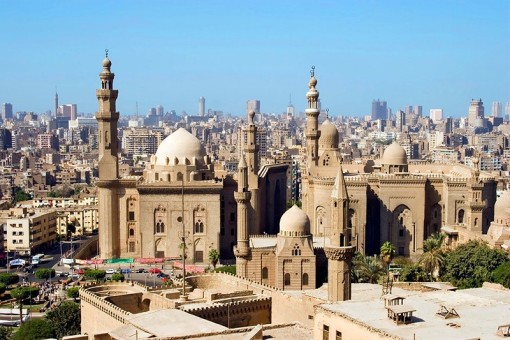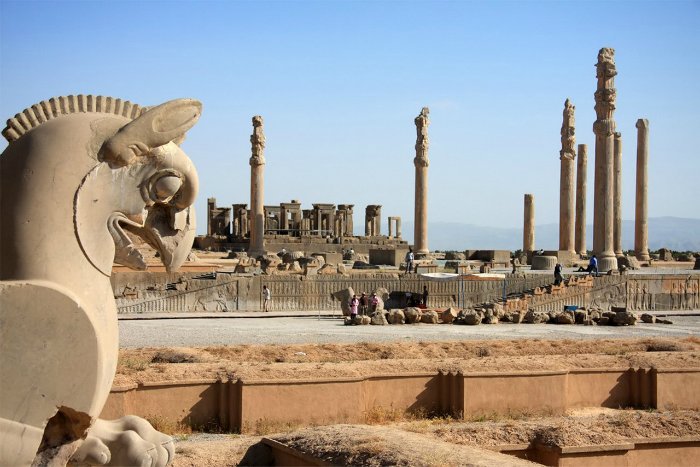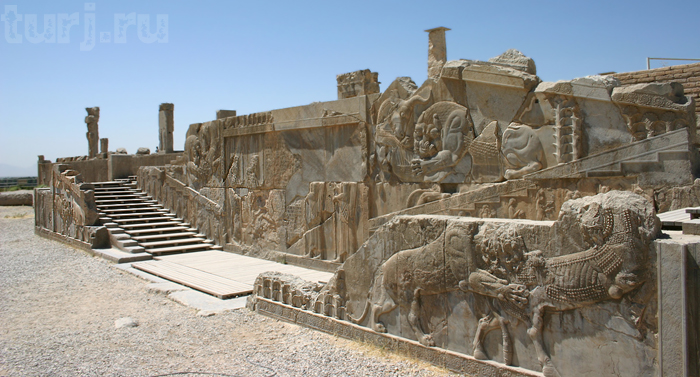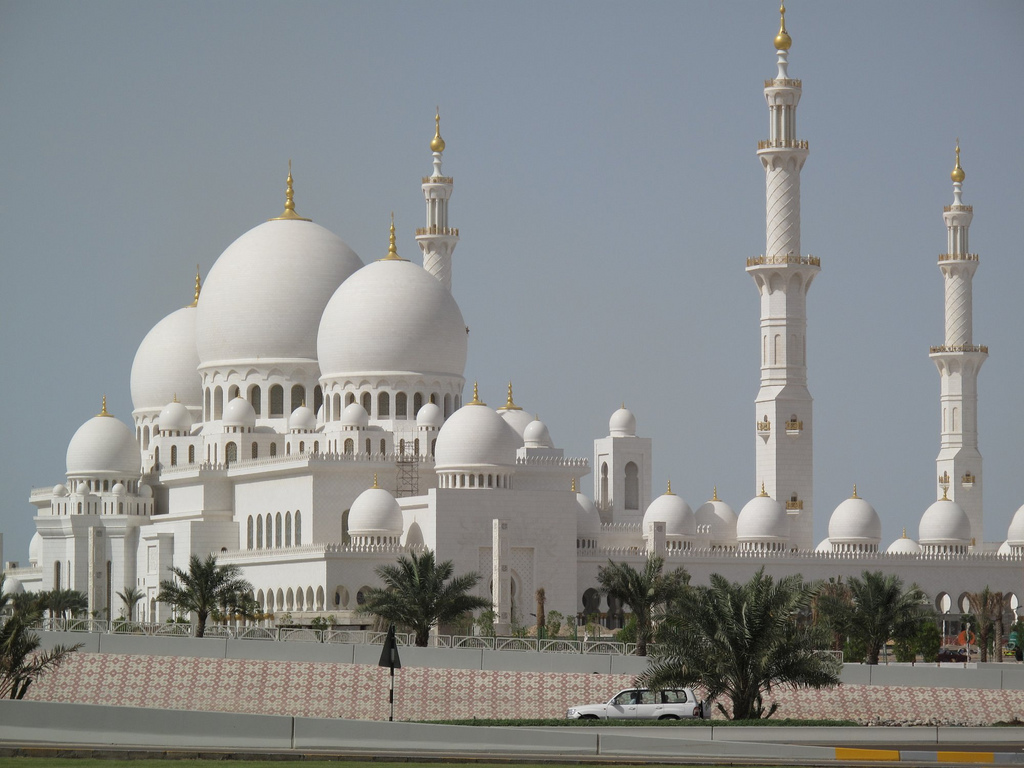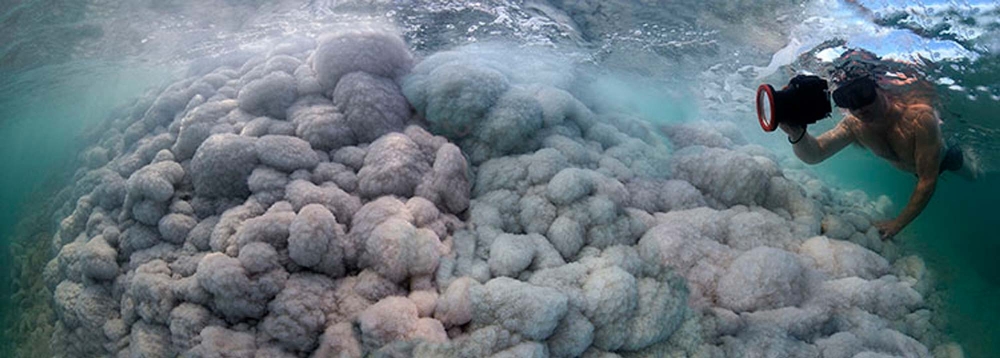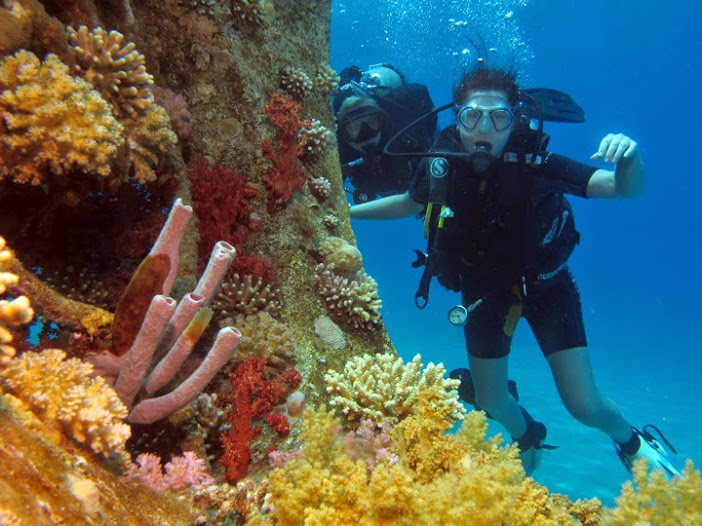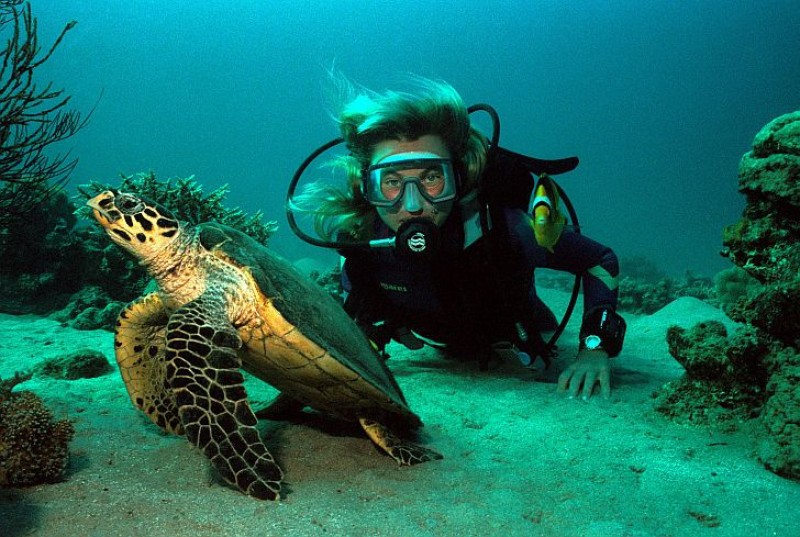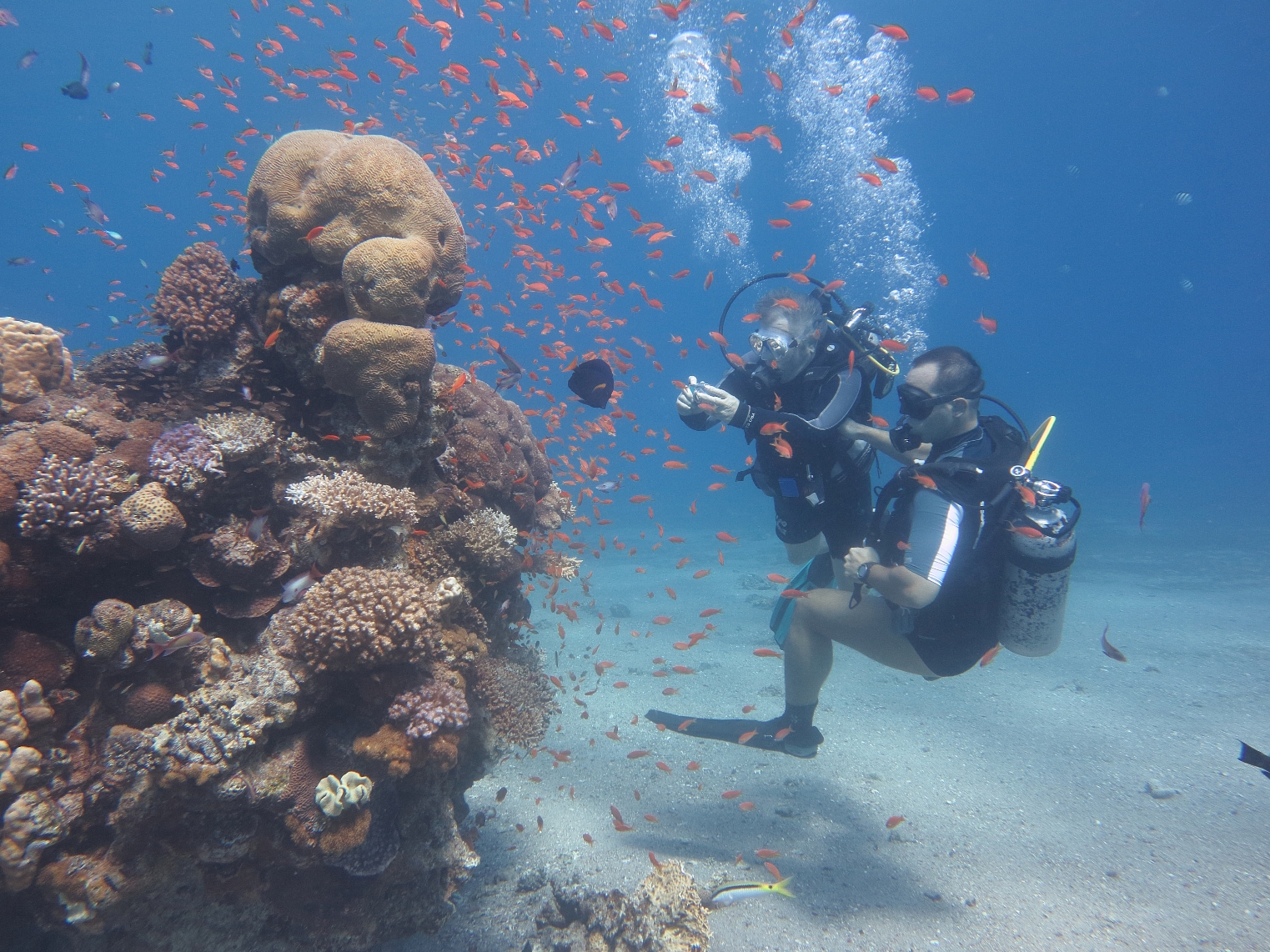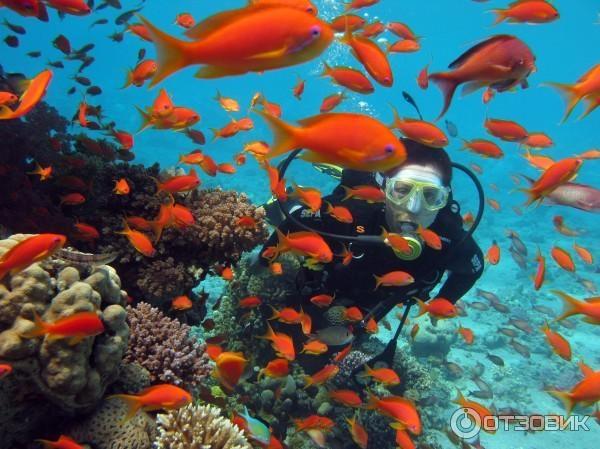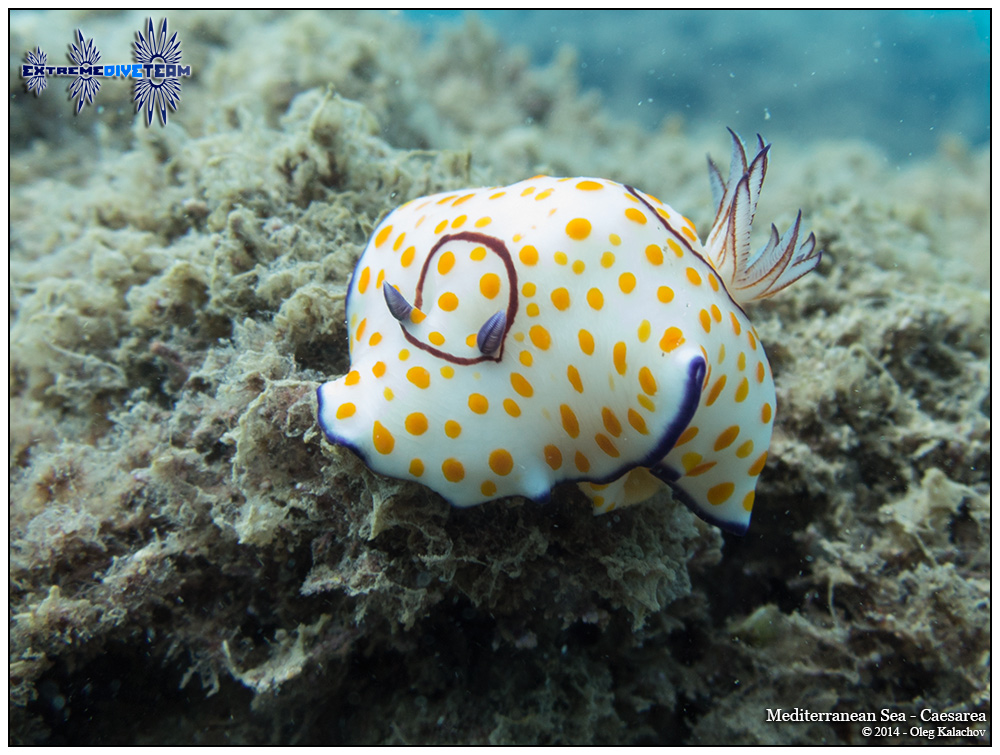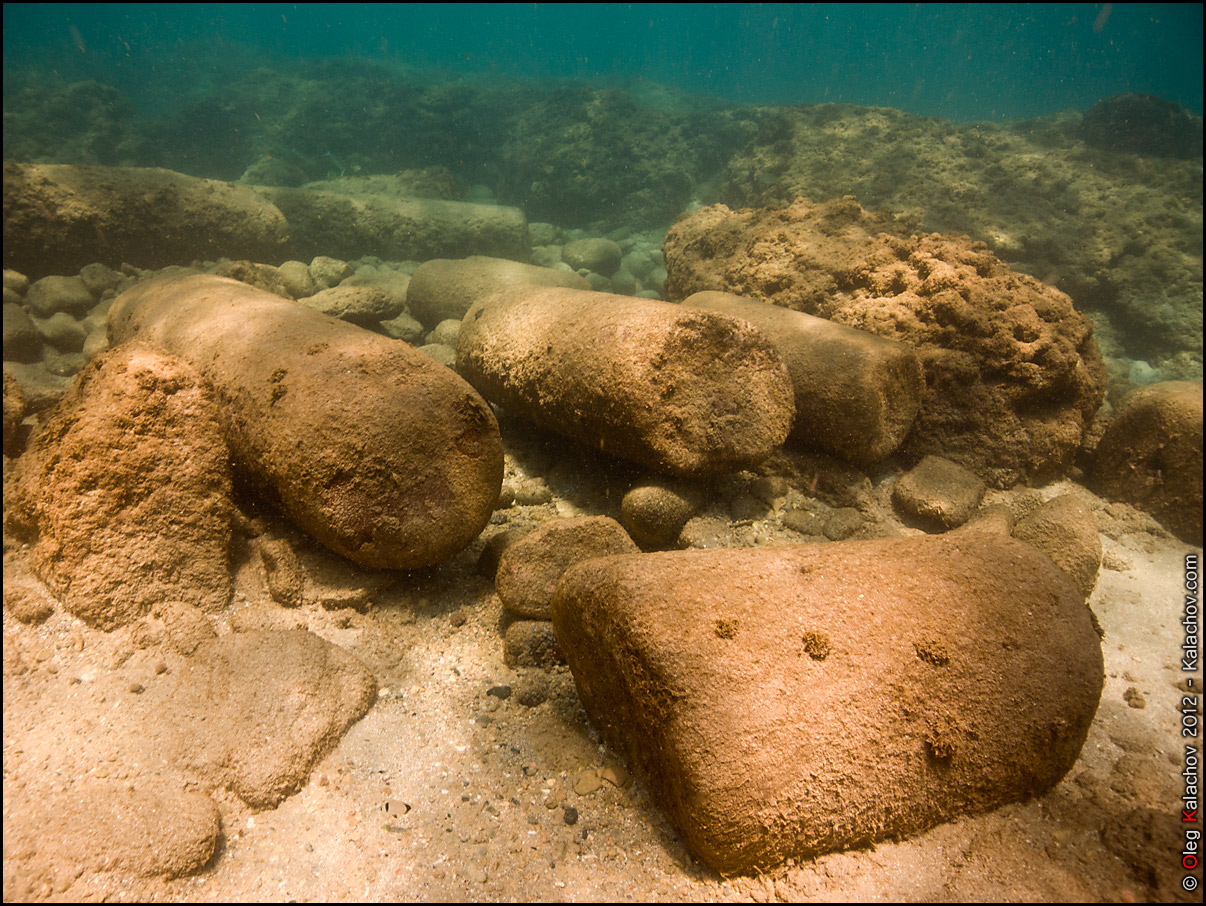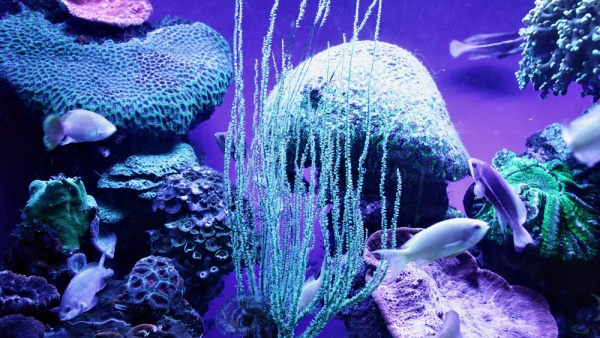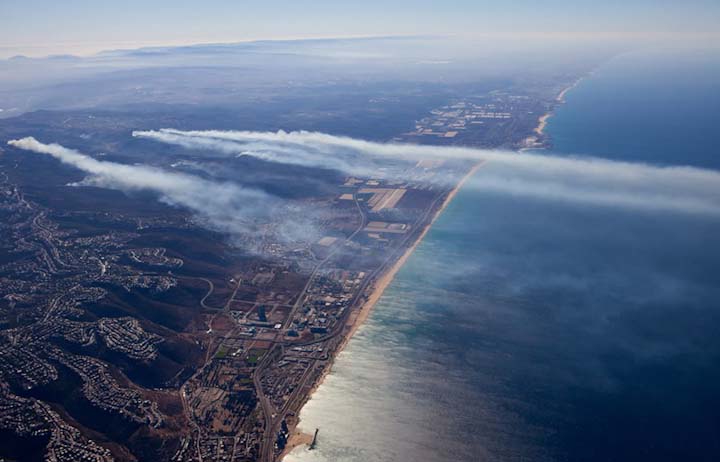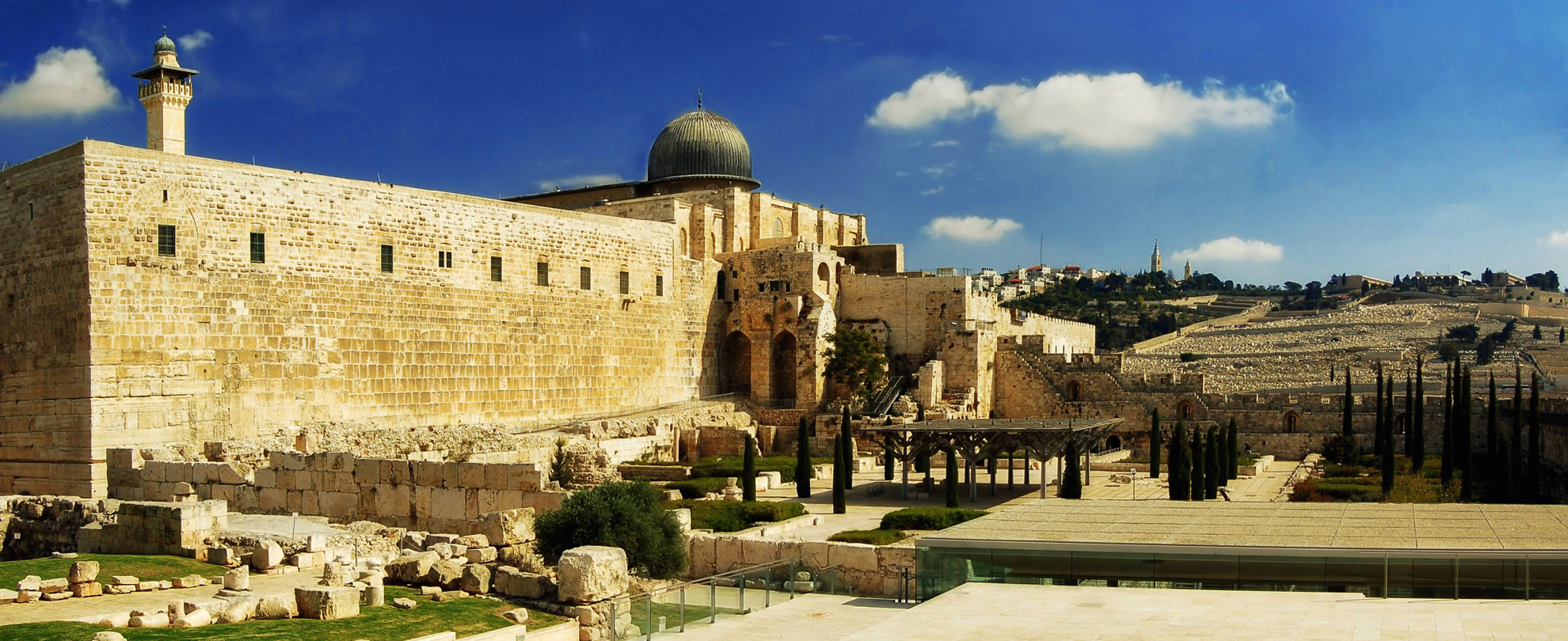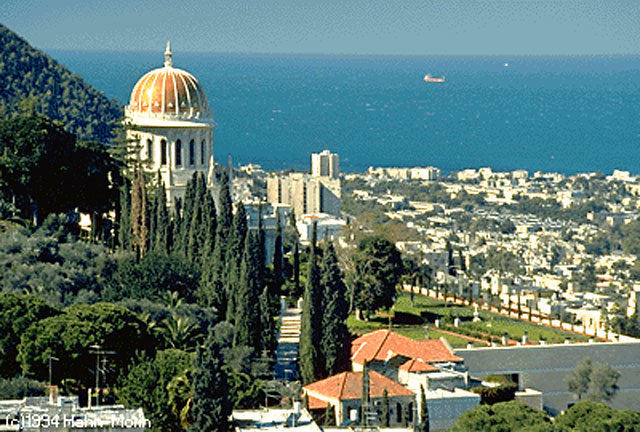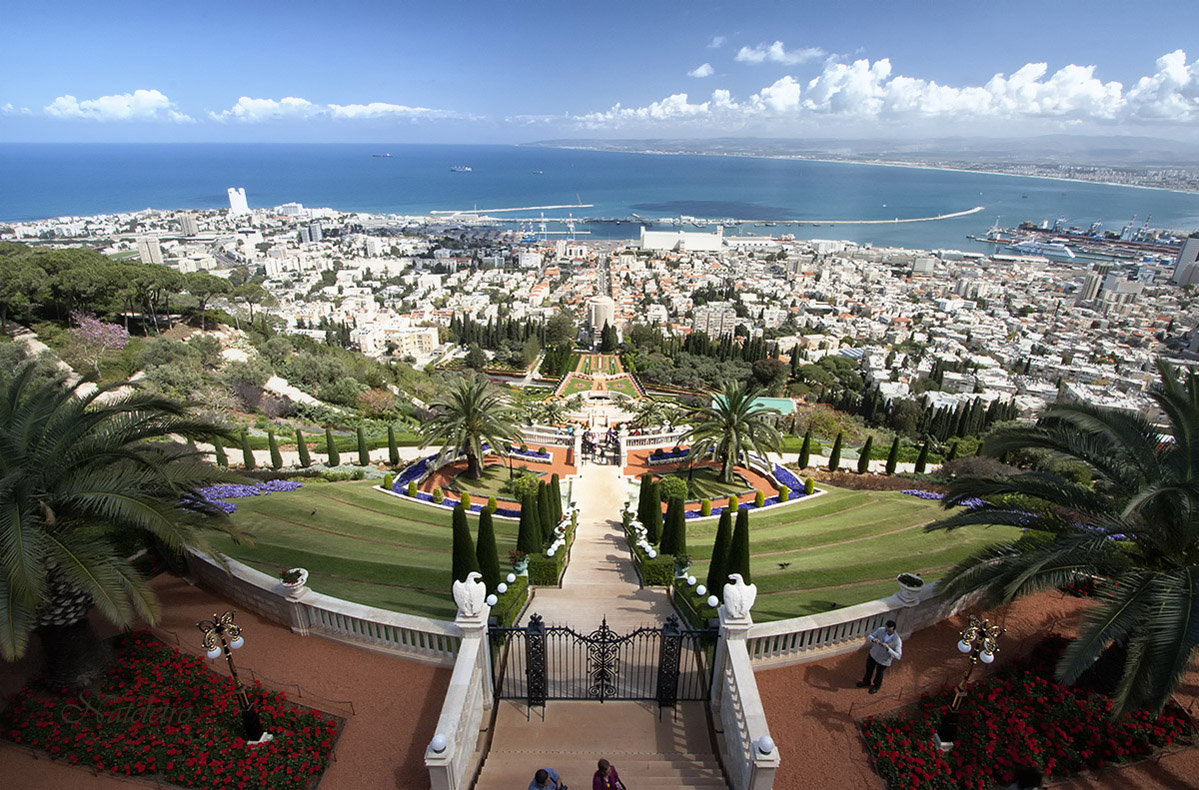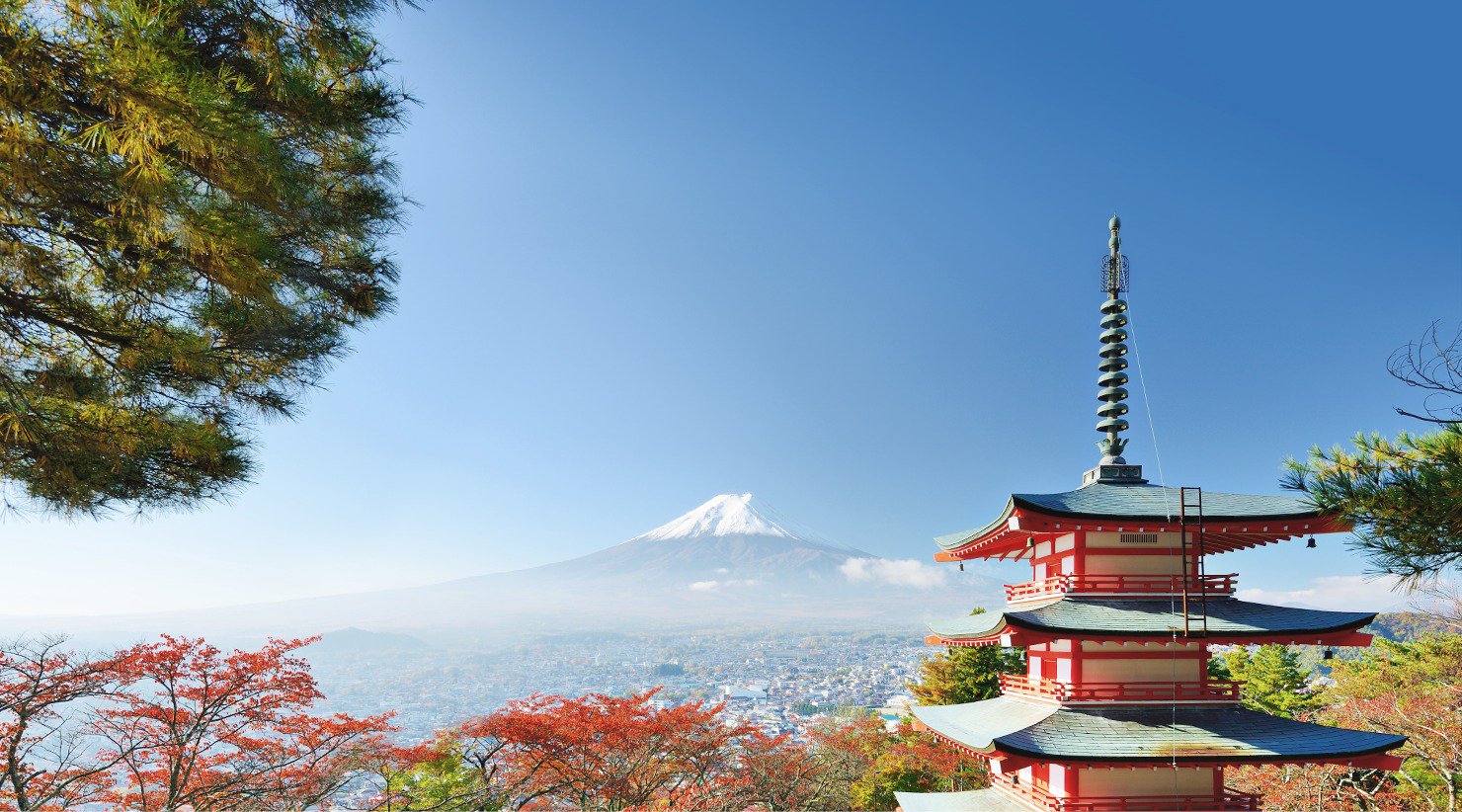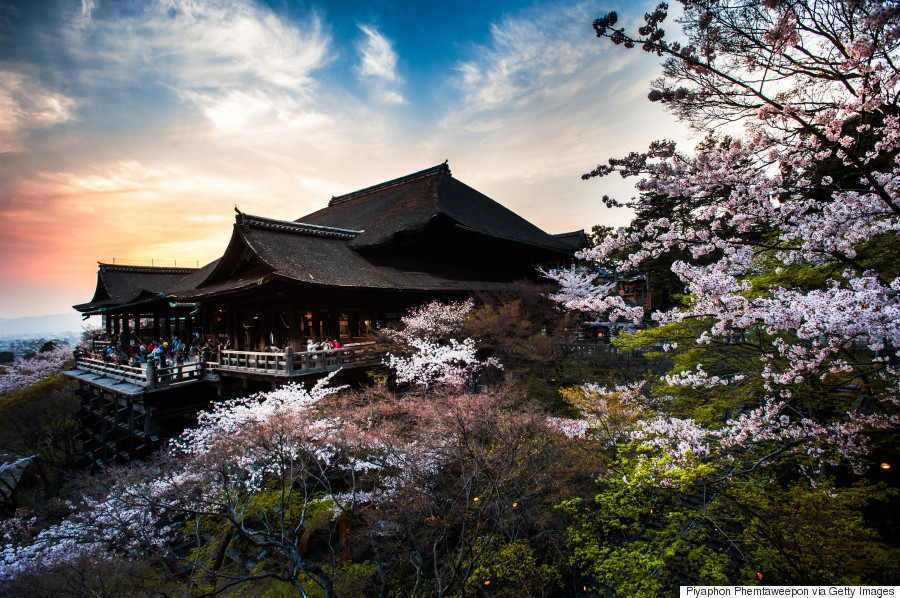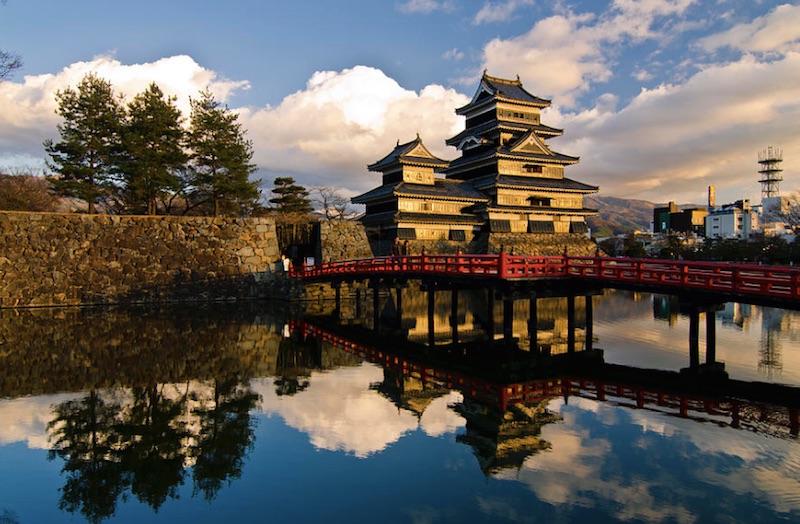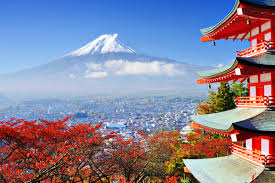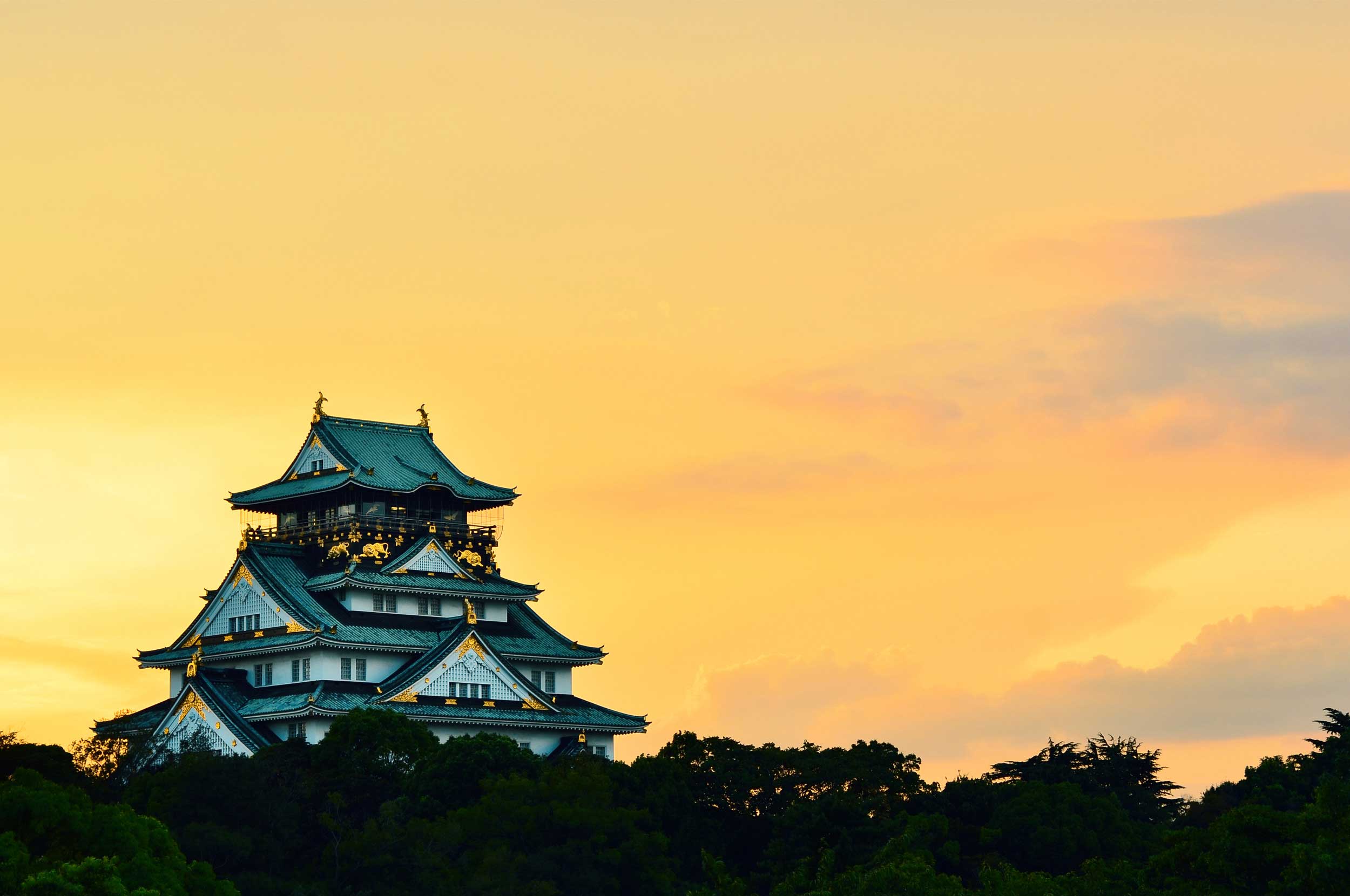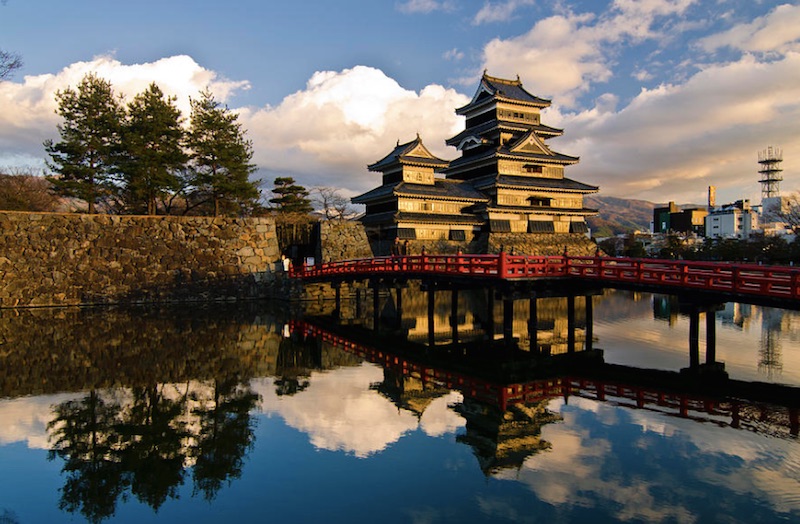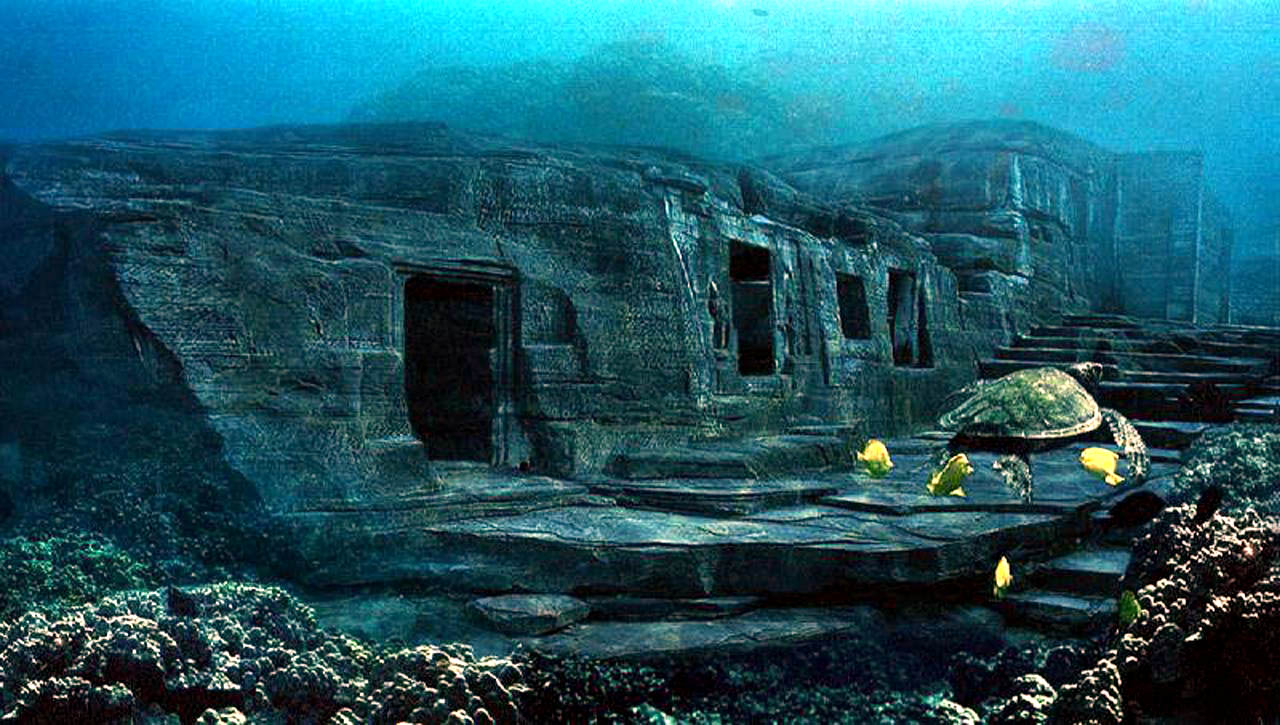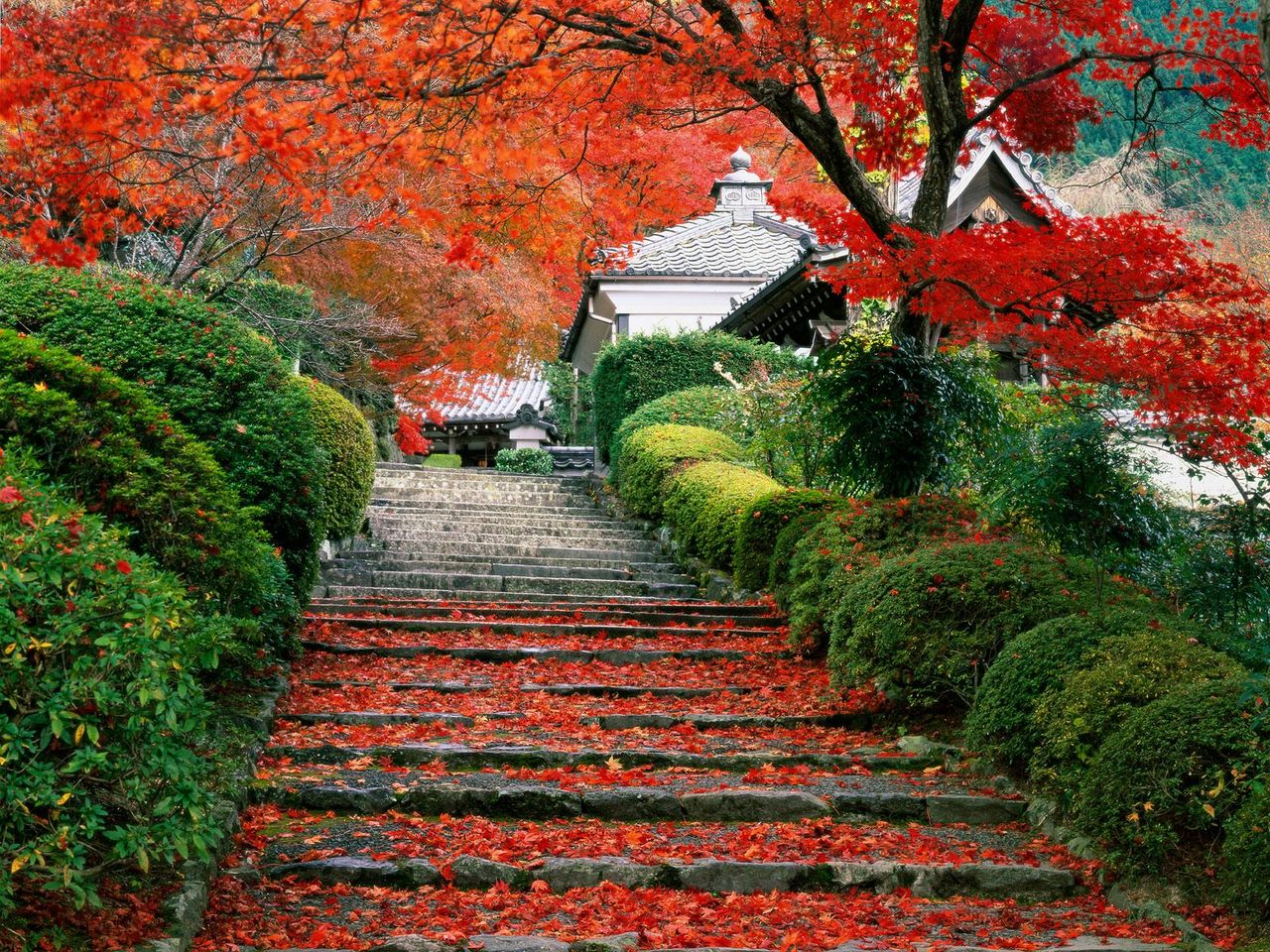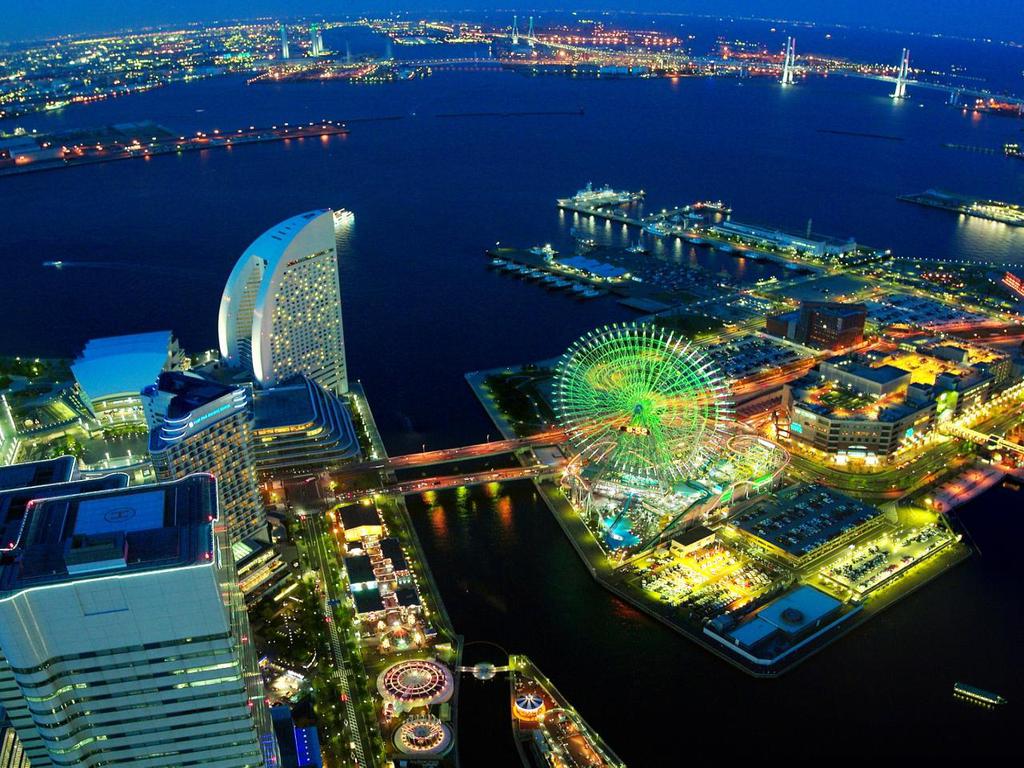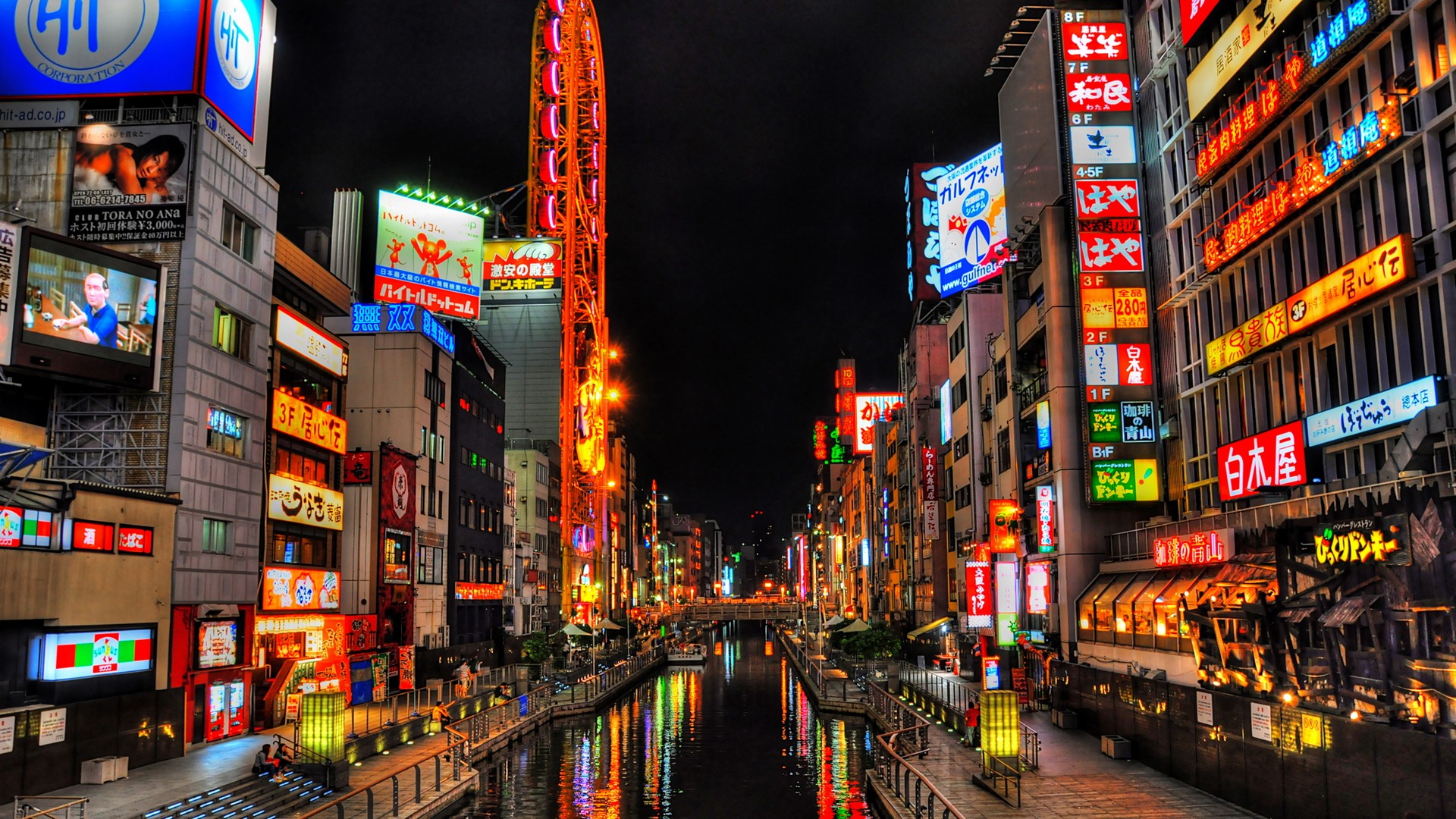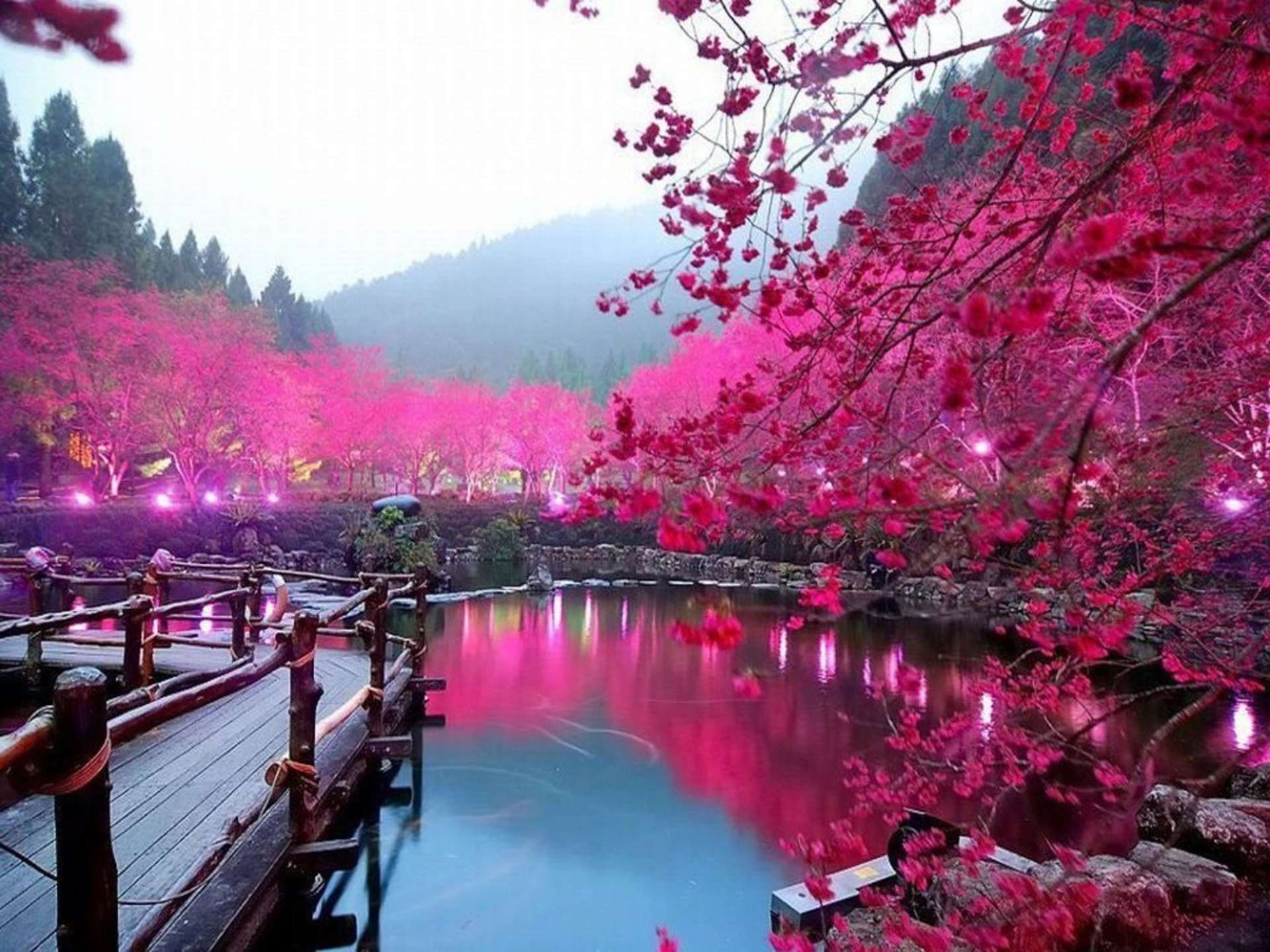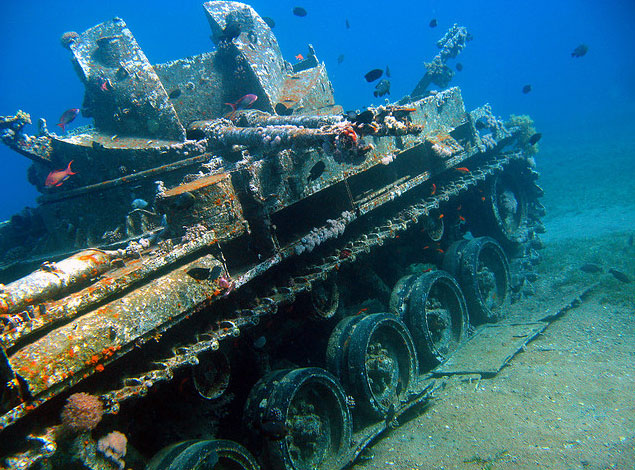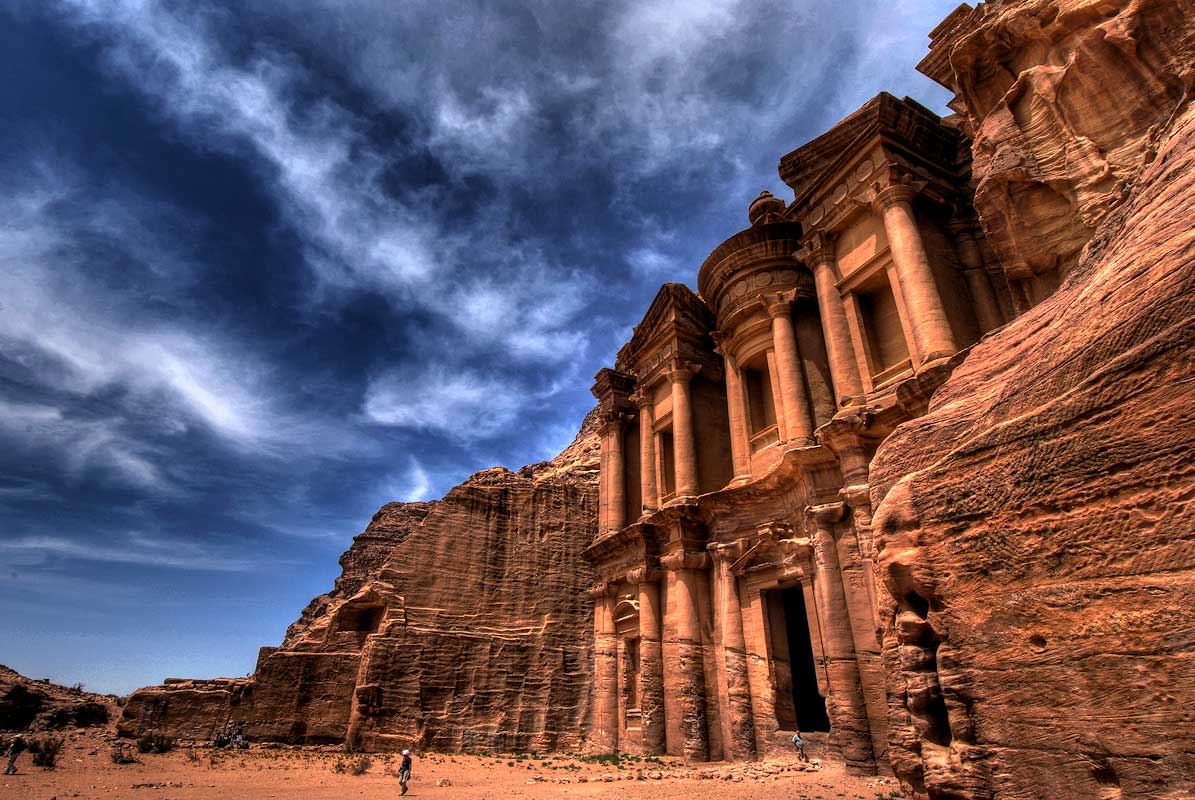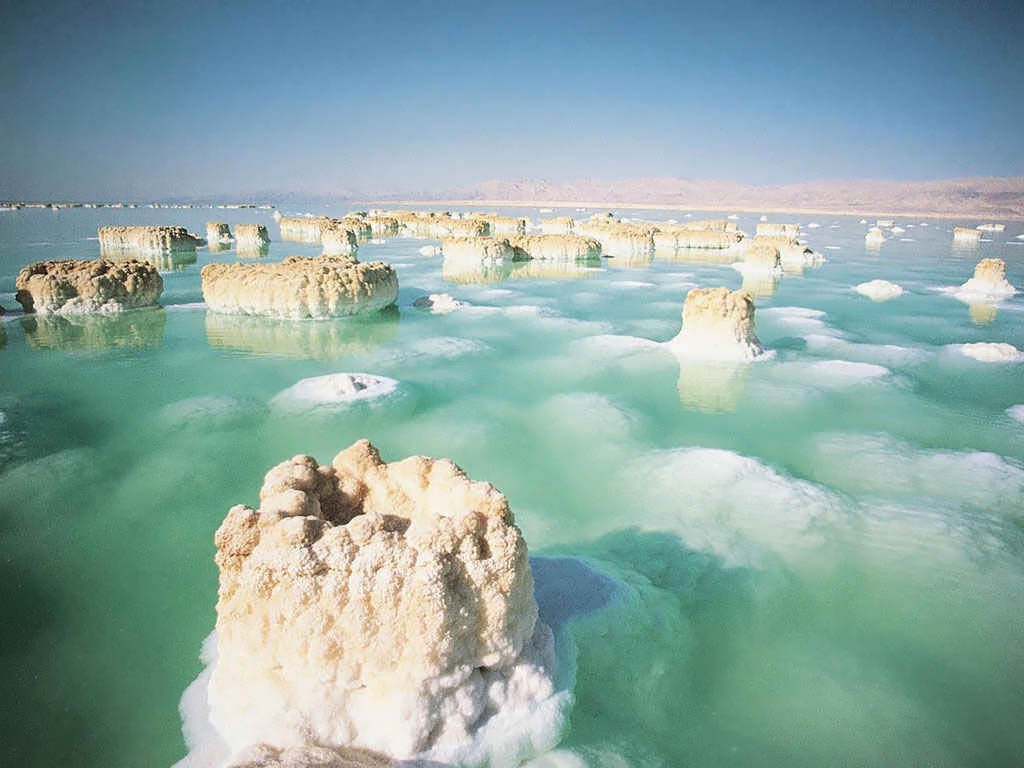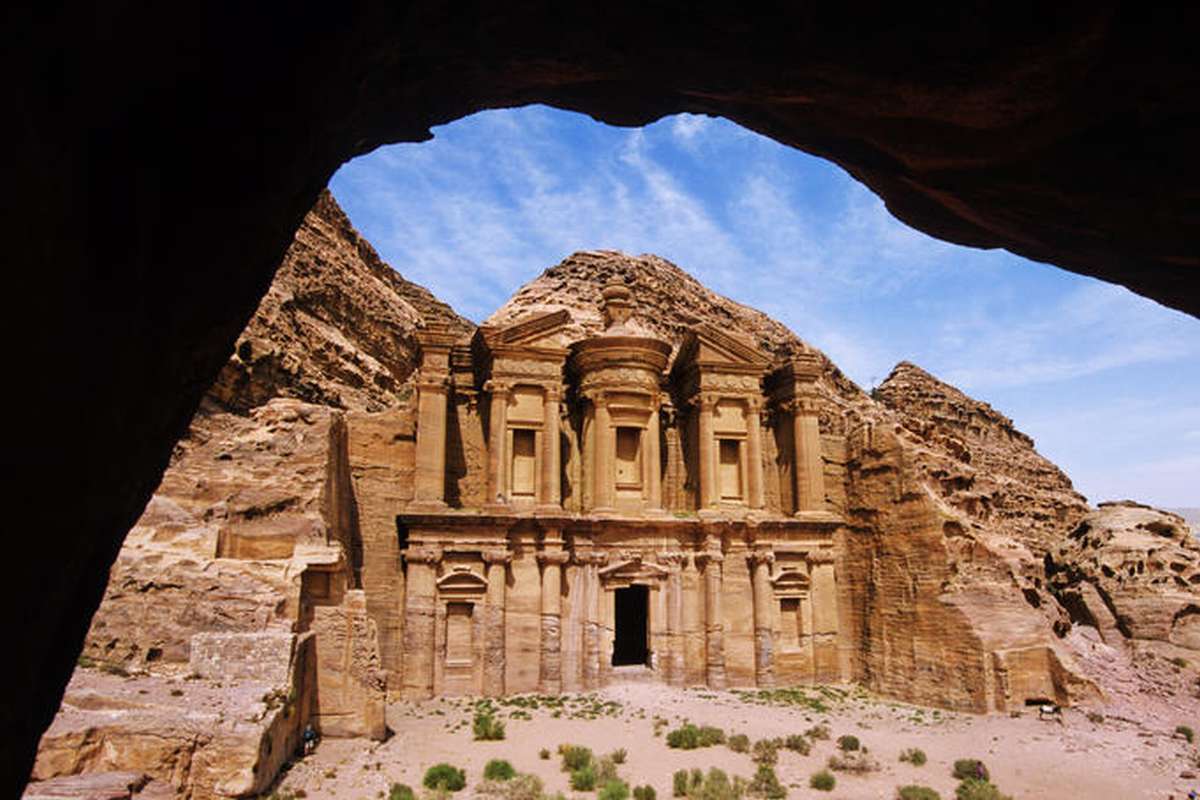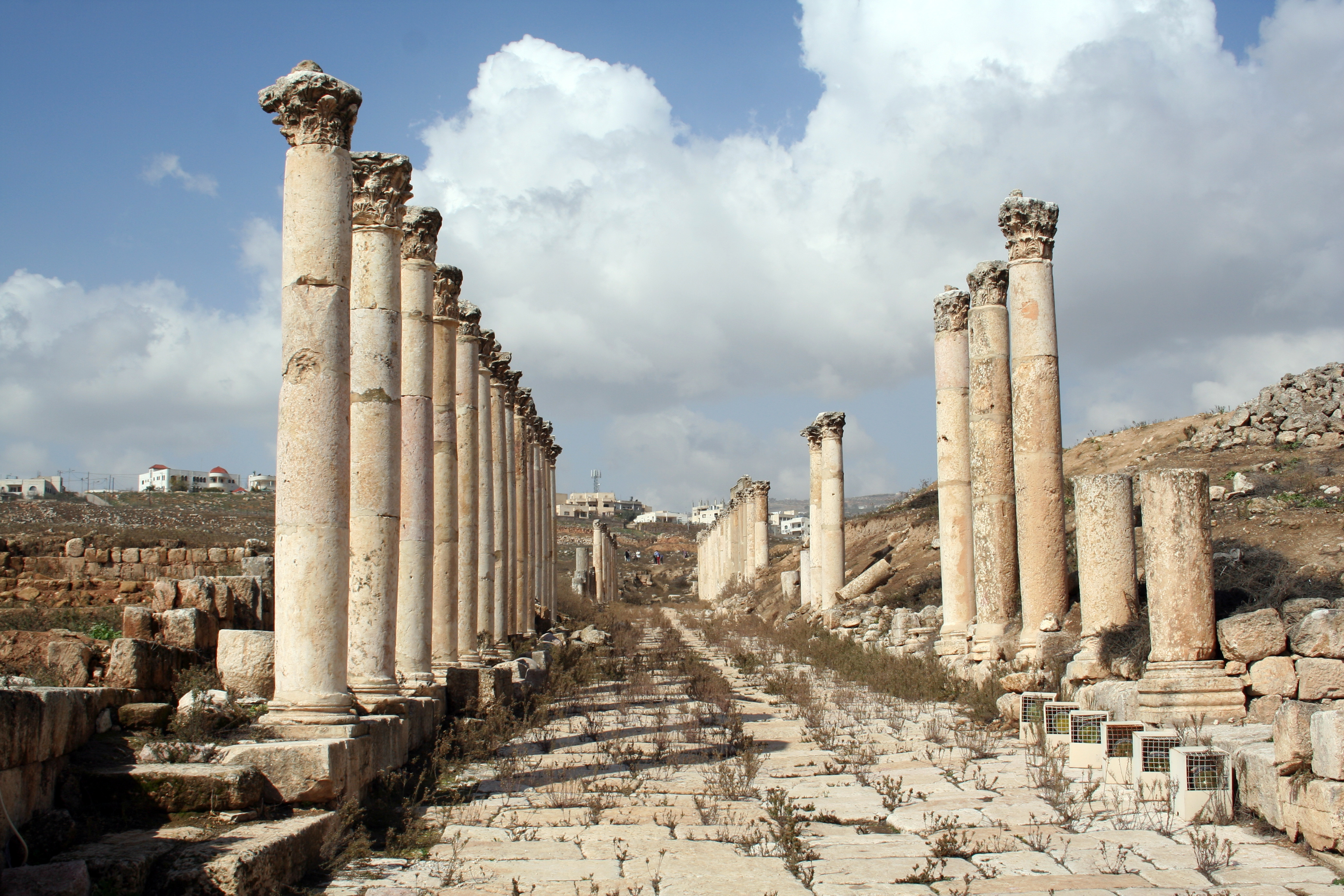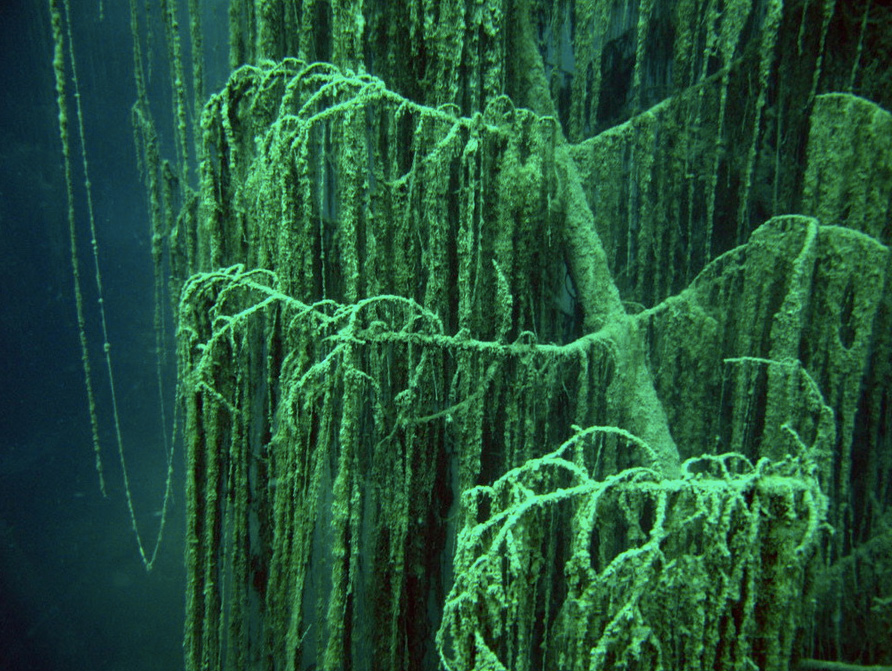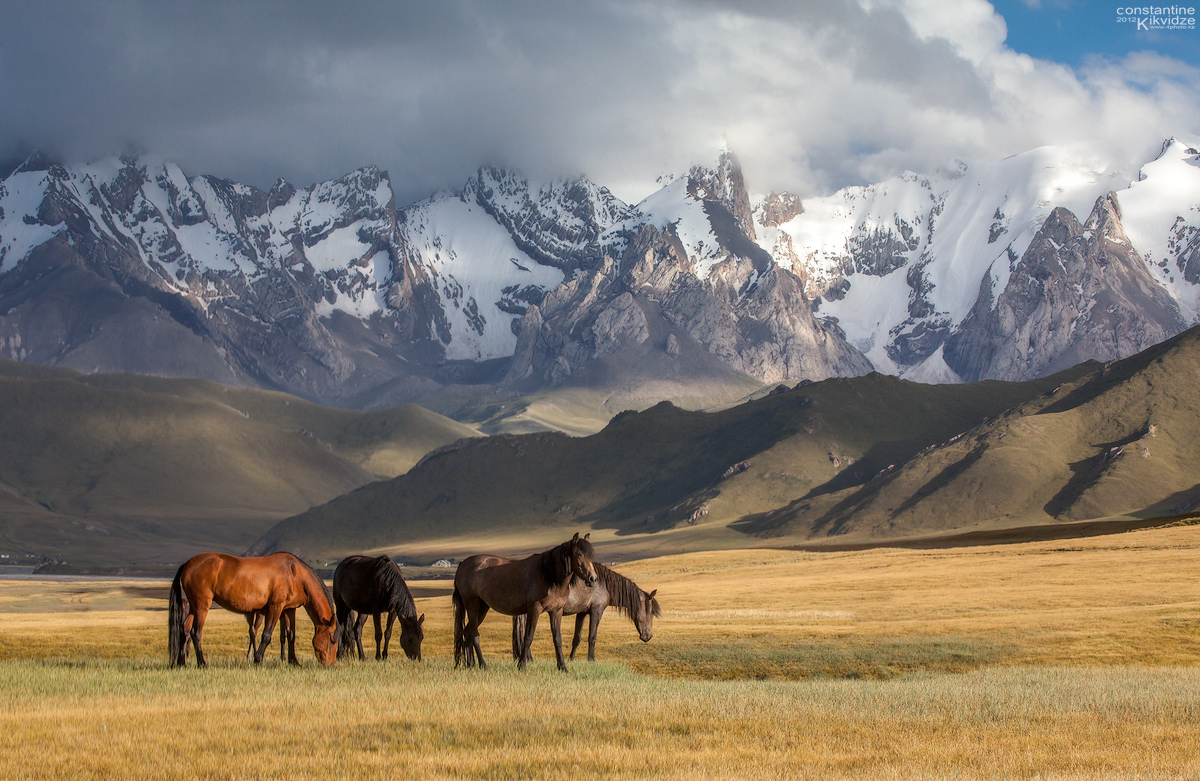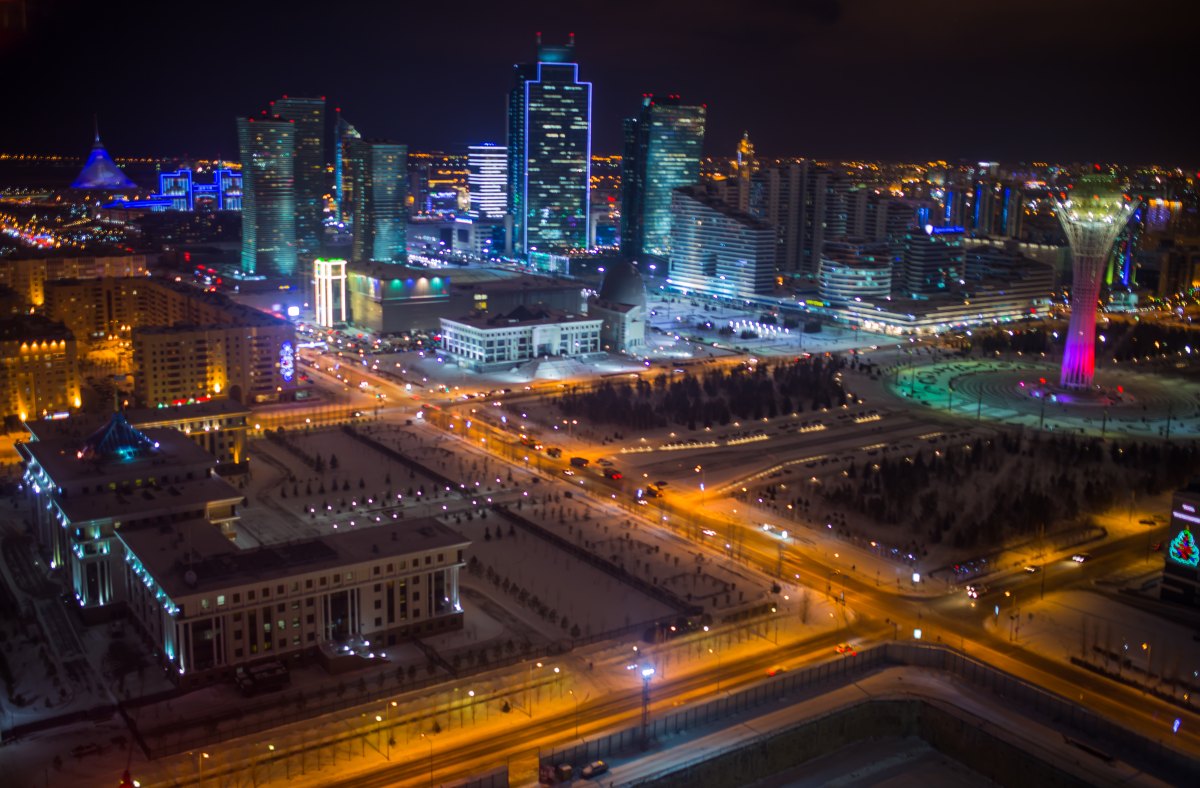Escape for the Weekend
Explore our collection of weekend
Bahrain
What to see in Bahrain? Old Manama Souq; traditional houses of Muharraq; Bahrain Fort; the Al Fateh Mosque; fabulous corals of Abu Thalma; rich marine life of Najwah; and wrecks Fifi, Caisson and Sestan off Bahrain’s eastern coast.
Bahrain, officially, the Kingdom of Bahrain, is an island state on the same-name archipelago in the Persian Gulf in the South-West Asia, the smallest Arab state. Bahrain consists of three relatively large islands and many small ones in the 16 km east of the coast of Saudi Arabia, and is connected to the country by the King Fahd Causeway. The total area of Bahrain is 765 square kilometers; the population is about 1.3 million people. The capital of the country is Manama. The official language is Arabic.
The national currency is the Bahraini dinar. Tourists can exchange money in banks or exchange counters. Try to exchange all the dinars before leaving Bahrain – the exchange rate overseas can be rather unprofitable. Credit and debit cards are widely accepted.
The Bahrain Archipelago consists of 33 flat islands. The terrain is mostly desert. The climate is arid, with hot dry summers and mild winters. The best time to visit Bahrain is from November to March, when the heat is not so exhausting.
Airports
Bahrain International Airport (BAH), the international airport of Bahrain, which is located around 7 km from the capital Manama.
Islamic culture and arts, history and cuisine, and, of course, orient hospitality of Bahrain will impress any guest of the country. Natural beauty of Bahrain combines hot deserts, sand dunes and unique flora and fauna. No wonder that, according to the Bible, the Garden of Eden was located here. Since ancient times Bahrain has been famous for wonderful pearls, which even became one of the symbols of the state.
Bahrain is a perfect destination for those who are fond of outdoor activities: here you can go water skiingand snorkeling, ride on horses and camels, play volleyball and tennis, do falconry, dive in search of pearls, take part in high-speed car racing, and play golf. Those who like shopping will be glad to visit Old Manama Souq, where they can buy various locally made crafts, sweets and spices, and gorgeous jewelry. Connoisseurs of architecture and history will surely like the traditional houses of Muharraq, the former capital of Bahrain; Bahrain Fort, built in the 16th century; the largest mosque of Bahrain – the Al Fateh Mosque; and ancient burial mounds, the oldest of which were made about five thousand years ago.
Diving in Bahrain
The warm and comfortable waters of Bahrain are a real diving paradise. Here you can meet surgeon fish, clown fish, lion fish, snapper, trigger fish, turtles, rays, grouper, crayfish and even whale sharks and barracudas. The artificial reefs off Bahrain are inhabited by crabs, sea snakes, nudibranches and the largest groupers in the Persian Gulf.
Many divers come to this archipelago to try the famous pearl diving, which appeared on Bahrain’s coast about 5000 years ago.
In Abu Thalma, where the depth is from 6 to 14 meters you can enjoy abundant marine life and beautiful corals.
In Najwah you can see whale sharks and watch various marine specious, usually met in the Red Sea, Great Barrier Reef and the Maldives.
Those who like wreck diving can explore the Fifi, a small tugboat wreck, sunk in the 1980s and located at a depth of 6-8 meters; the Caisson, inhabited by plenty of fish; or the Sestan wreck, situated 15 meters deep off Bahrain’s eastern coast.
China
China is a wonderful country which harmoniously combines beautiful nature, grand architecture, ancient traditions and bustle of modern life. It does not matter how you will decide to start your acquaintance with China, the journey will be fantastic anyway. In Beijing you can see the Forbidden City, a stunning imperial palace built in the 15th century; visit the Temple of Heaven, where you can feel the cosmos energy and take a tai chi lesson; and watch charming giant pandas in Beijing Zoo. In Xian there is the famous Terracotta Army, hundreds of life-size models made to be buried with the First Emperor Qin in the 3rd century BC. In central Lhasa you can see the world’s highest ancient palace – the breathtaking Potala Palace, the former residence of the Dalai Lama, now a museum. Nature lovers will like the Yellow Mountains, a fabulous land of fancy pine-trees, rocks and mystical clouds; West Lake in Hangzhou, which is equally tremendous in all seasons; and the majestic Yangtze River, unhurriedly travelling through vast expanses of China.
China, the official name the People's Republic of China (PRC), is a country in East Asia. It is the most populous country in the world (over 1.35 billion people live in China); ranked third in the world in area after Russia and Canada (around 9.6 million square kilometers). China borders 14 states: Vietnam, Laos, Burma, India, Bhutan, Nepal, Pakistan, Afghanistan, Tajikistan, Kyrgyzstan, Kazakhstan, Russia, Mongolia, and North Korea. The capital of China is Beijing. The official language is Standard Chinese, also known as Mandarin.
The national currency is the Renminbi (its basic unit is Yuan). Be prepared to pay mostly in cash, as credit cards are accepted in hotels, some restaurants and big stores or malls. ATMs are widely spread. You can exchange currency at the airport, banks and exchange offices.
China’s terrain consists of plains in the east, hills and low mountains in the south, large mountain ranges in the west and high plateaus in the north. Due to the country’s size the climate is very diverse – from tropical in the south to subarctic in the north.
Beijing Capital International Airport (PEK)
Guangzhou Baiyun International Airport (CAN)
Shanghai Pudong International Airport (PVG)
Chengdu Shuangliu International Airport (CTU)
Shenzhen Bao'an International Airport (SZX)
Kunming Changshui International Airport (KMG)
Xi'an Xianyang International Airport (XIY)
Chongqing Jiangbei International Airport (CKG)
Hangzhou Xiaoshan International Airport (HGH)
The Great Wall of China, which attracts so many tourists from all over the world, is also a fantastic diving site. In 1981 the Chinese government decided to flood some territory where the Great Wall ran, in order to resolve water shortages in Tian Jin, so part of the Wall is covered with 5-35 meters of water. While exploring the underwater wall you can find a gate to a tower and explore it from inside. The visibility is about 3-5 meters because of lots of algae and mud.
Another unforgettable diving site is the sunken Lion City at Qiandao Lake, Zhejiang Province. The city had been inhabited for 18 centuries until in 1959 the construction of a new hydroelectric power station began and it was decided to erect a dam. Lion City’s amazing white temples, paved roads, memorial arches, and houses went under water and created stunning diving place. The depth is from 26 to 40 meters.
Fiji
India
What to see in India? Architectural and historic monuments and beaches of Goa; ancient Buddhist temples; pristine coral reefs of the Andaman Islands; the Princess Royal wreck in Lakshadweep; and Suzy's wreck off the coast of Goa.
India, or officially the Republic of India, is a country in South Asia. Its population is more than 1.2 billion people; the total area is about 3.3 square kilometers, which makes India the largest country in South Asia. India shares borders with Pakistan to the west; China, Nepal, and Bhutan to the north-east; and Bangladesh and Myanmar to the east. In addition, India has a maritime border with the Maldives in the southwest, with Sri Lanka in the south and with Indonesia in the south-east. The capital is New Delhi. The official languages are Hindi and English.
The terrain of the country can be divided into three parts: the Himalayas (the highest mountains in the world) in the north, the Deccan Plateau in the south and the vast Indo-Gangetic Plain, which separates them. In India there are four major climate types: tropical wet, tropical dry, subtropical monsoon and alpine.
The national currency is the Indian rupee. Money can be exchanged at banks, airports or exchange offices. ATMs are found in most cities and towns. Credit and debit cards are widely accepted.
India is unpredictable and changeable, it surprises with its rich culture and rich history. It is a country of contrasts. Bright colors of India will impress even the most experienced travelers. It is called the country of the brightest colors and the hottest spices, the cradle of ancient civilization and the pearl of the English crown. Indian civilization is 4500 years old. Millions of people come to this country to perceive its philosophy and wisdom, to achieve the inner harmony in yoga-centers or just visit numerous ancient Buddhist temples.
The most popular tourist destination in India is Goa, where you can find stunning architectural and historic monuments as well as fabulous beaches.
Airports
Indira Gandhi International Airport (DEL), Delhi
Chhatrapati Shivaji International Airport (CSIA) (BOM), Mumbai
Kempegowda International Airport (BLR), Bengaluru
Chennai International Airport (MAA), Chennai
Netaji Subhas Chandra Bose International Airport (CCU), Kolkata
Rajiv Gandhi International Airport (HYD), Hyderabad
Cochin International Airport (COK), Kochi
Sardar Vallabhbhai Patel International Airport (SVPIA) (AMD), Ahmedabad
Goa International Airport (GOI), Dabolim
Trivandrum International Airport (TRV), Thiruvananthapuram
Chaudhary Charan Singh International Airport (LKO), Lucknow
Diving in India
8000 kilometers of India’s coastline, plenty of islands and huge underwater diversity offer a lot of opportunities for diving.
In the Arabian Sea, off the coast of Goa you will see lush coral gardens, various shipwrecks and pinnacles. Although the water visibility is not very high – from 6 to 12 meters, it is compensated by bright colors of numerous marine inhabitants. Underwater flora and fauna really flourish in these hospitable waters: damsels, groupers, snappers, sweepers, barracudas, angelfish, butterfly-fish, parrotfish, wrasse, tuna, gobies, sea cucumbers, lobsters, cuttlefish and lots of corals, including brain and table corals, sea whips and gorgonian fans.
Those who like wreck diving will be glad to explore the SS Rita wreck, also known as Suzy's wreck, a 130-meter cargo ship built in the 1930-s and sunk about 50 years ago. She is lying at a depth of 10-14 meters.
Off the Andaman Islands you will find pristine coral reefs and many attracting sea creatures. Moreover, here you can go diving near the 50-meter long wall which into the shipping channel near Havelock Island; explore Dixon's Pinnacle, covered with bright coral and big barrel sponges; and admire intricate rock formations at Snake Island.
Off Bangaram and Kadmat Islands, in Lakshadweep you can admire fabulous beauty of marine flora and fauna and explore the Princess Royal wreck, sunk in a battle more than two hundred years ago and lying at a depth of 32meters.
Indonesia
What to see inIndonesia? Gorgeous beaches of Bintan and Batam islands; volcanoes of Sumatra; amazing temples of Bali; rich marine fauna and an underwater volcano in Komodo National Park; fabulous coral gardens of Sulawesi; whales and dolphins in the waters of the Banda Islands.
Indonesia, the complete official name is the Republic of Indonesia, is a large country in Southeast Asia. It is located on the islands of the Malay Archipelago and the western part of the island of New Guinea and is washed by the waters of the Pacific and Indian Oceans. The country has land borders with East Timor, Papua New Guinea, and Malaysia. Indonesia is the largest island state in the world. The population is more than 252 million people; the area is almost 2 million square kilometers. The capital of the country is Jakarta. The official language is Indonesian.
Indonesia is situated on an archipelago of 17.8 thousand islands (according to official statistics) stretching for more than five thousand kilometers. The climate is tropical with distinct dry (April to October) and wet (November to March) seasons.
The national currency is the rupiah (Rp). You can exchange money at banks, most hotels and authorized exchange offices. All major cards are accepted in most shops and restaurants.
Indonesia, often called "the land of a thousand islands», is situated at the crossroads of the Pacific and Indian oceans. Its mild tropical climate, unspoiled nature, flourishing wildlife, hundreds of rivers descending from the mountains, beautiful valleys and small traditional villages located in mangrove forests, beautiful white-sand beaches, combined with ruins of ancient temples, lost in the dense tropical jungle and a striking mix of Buddhism, Hinduism and Islam make this country very attractive for tourists.
The main tourist attractions in Indonesia are considered to be the islands of Bintanand Batam(tranquil beaches and first-class service), Kalimantan (huge biodiversity and fantastic diving), Sumatra (majestic volcanoes and endemic orangutans), Bali (stunning nature and lots of amazing temples), Java (pastoral landscapes contrasting with bustling metropolitan areas, situated on a narrow strip of land between two oceans), Lombok (traditional patriarchal atmosphere, not spoiled by emancipation and untouched equatorial forests), and Sulawesi (amazing land and underwater flora and fauna).
Airports
Soekarno–Hatta International Airport (CGK), Jakarta
Juanda International Airport (SUB), Surabaya
Ngurah Rai International Airport (DPS), Bali
Sultan Hasanuddin International Airport (UPG), Makassar
Kualanamu International Airport (KNO), Medan, North Sumatra
Sultan Aji Muhammad Sulaiman Airport (BPN), Kalimantan
Hang Nadim International Airport (BTH) Batam
Adisucipto International Airport (JOG), Yogyakarta, Java Island
Achmad Yani International Airport (SRG), Semarang, Central Java
Sultan Mahmud Badaruddin II Airport (PLM), Palembang, South Sumatra
Diving in Indonesia
Indonesia’s warm and clear waters are home to more than 3 thousand fish species and about 6 hundred coral species – not to mention underwater volcanic mounts, deep trenches, and wrecks of World War II.
In Komodo National Park you can meet mantas, sharks and dolphins, dive over hot springs of an underwater volcano and see the last living dinosaur; in the Bunaken National Marine Park you will see various coral species; off the remote Banda Islands you have a chance to see whales and dolphins and try muck diving; Bali offers opportunities of wall and drift diving, as well as exploring picturesque coral reefs teeming with life and interesting wrecks (such as the 120m long US Liberty wreck); in Cenderawasih Bay you can dive with whale sharks; in the waters of islands Flores and Alor you can admire amazing rhinopias and many other marine critters. Off the southeast coast of Sulawesi there are fabulous coral gardens, while near its northern coast the clear waters are full with various fish species.
Iran
There is a lot to see in Iran. It is one of ten most popular tourist destinations. Iran without exaggeration can be called a unique place on the planet. It harmoniously combines rich culture, ancient history, amazing architecture and breathtaking nature, abundant rainforests and lifeless desert, mountain ski resorts in the north and sunny beaches in the south.
Iran, officially the Islamic Republic of Iran, until 1935 known as Persia, is a country in Southwest Asia. The capital of the country is Tehran. In the west it borders Iraq, in the north-west - Azerbaijan, Armenia, Turkey and the unrecognized Nagorno-Karabakh Republic, in the north - Turkmenistan, in the east - Afghanistan and Pakistan. Iran is washed by the Caspian Sea, the Persian Gulf and the Gulf of Oman of the Indian Ocean. The total area of Iran is 1.6 million square kilometers; the population is 78 millions people. The official language is Persian.
Iran’s climate is mostly arid. The terrain of the country consists of mountains, which surround interior highland plains.
The national currency is the Iranian rial. Cards generally are not accepted in Iran, even the major ones; but you can pay in US dollars, pounds or euros or exchange currency at banks or exchange offices.
If you are interested in the history of the ancient East, Iran is a place which keeps 5 thousand years of history. Here you can see the ruins of ancient Persepolis and Pasargadae, ancient inscriptions and tombs of the Achaemenid kings, the fantastic Taj Mahal in Agra, stunning Golestan Palace, the former residence of the Qajar dynast, Jameh Mosque, the biggest mosque in Iran. Most women undoubtedly would like to visit National Jewels Museum, where you can see more than 50 thousand various precious stones. In Yazd and Tabriz you will be able to immerse into the atmosphere of the old Persia: noisy and bright bazaars, majestic ancient mosques and palaces, winding narrow streets and rose gardens. Do not miss the chance to visit a real oasis village – Garmeh, located around a spring in a desert; to buy a Persian rug and to smoke a narghile.
Mehrabad International Airport (THR), the primary airport of Tehran
Mashhad International Airport or Shahid Hashemi Nejad Airport (MHD) serves flights to 57 destinations.
Imam Khomeini International Airport (IKA) is the main international airport of Iran.
Shiraz International Airport (SYZ) the largest airport in the southern part of Iran.
Kish International Airport (KIH) situated on Kish Island.
Ahvaz International Airport (AWZ) serves regional international destinations.
Isfahan International Airport (IFN)
The most popular diving destination in Iran is Kish Island. In its warm waters you fill see beautiful corals, inhabited by lots of marine creatures. On the southeast side of the island there is a dolphin park, where you can see not only dolphins, but also cactus garden, butterfly garden, bird garden, silkworm compound, orchid garden, artificial rain forest, and a volcanic mountain. Off Kish coast you can explore the wreck of the Greek ship, a cargo steamship built in Scotland in 1943 and sunk in 1966. Not far from Kish Island there is Hengam Island, whose waters boast bright soft corals and rich fauna, which includes jack fish, rainbow fish, fusiliers, angel fish, sting rays, bat fish, lobsters, and dolphins.
Israel
What to see in Israel? Sacred places of ancient Jerusalem; bustling Tel Aviv; majestic Judean Desert and healing waters of the Dead Sea; the Sea of Galilee; the Coral Beach Nature Reserve; the Satil wreck; the Achziv Canyon; an underwater archaeological park of Caesarea.
Israel, officially called the State of Israel, is a country in Western Asia, lying on the southeastern shore of the Mediterranean Sea. It is bordered by Lebanon to the north, Syria in the northeast, Jordan to the east, the Palestinian territories to the east and southwest, Egypt and the Red Sea to the south. The capital and the most populous city is Jerusalem; while the financial center is Tel Aviv. The area of Israel is more than 20 thousand square kilometers; the population is about 8.2 million people. The official languages are Hebrew and Arabic.
The national currency is the Israeli new shekel (NIS). You can exchange currency at airports, post offices, banks, licensed exchange agencies and hotels. Major credit cards are widely accepted.
Israel’s small terrain contains various landscapes: coasts, mountains, valleys and deserts. The climate of the country is very diverse too. The coastal and northern areas of Israel have a typical Mediterranean climate, whereas the southern and eastern areas are characterized by an arid climate.Israel is a wonderful country, which is extremely popular among all categories of tourists. Despite its small size, Israel possesses very rich geographical and recreational resources, as it is washed by four seas: the Mediterranean Sea, the Dead Sea, the Red Sea and the Sea of Galilee. Here you get everything at once: the oriental charm and European gloss, beaches and archeological ruins, history and first-class service. The capital of the country, Jerusalem, is the heart and cradle of Christianity and a highly revered site for Jews and Muslims. Its meandering narrow streets are filled with the cry of muezzins, the Christian monks singing and rhythmic prayers of religious Jews.
The cultural capital of Israel and its business center is Tel Aviv. It is the birthplace of the Israeli elite ruling class.
Thosewho seek for spiritualsilence will like Judean Desert with its pearl, the Dead Sea, whose water takes away tiredness and heals diseases.
In Galilee you will see a large freshwater lake, called the Sea of Galilee, where many Bible wonders took place. You also can swim in the Jordan and visit the three famous marine cities – Caesarea, Haifa and Acre.
Airports
Ben Gurion Airport (TLV), the main international airport of Israel. It is located 19 kilometers from the center of Tel Aviv.
Ovda Airport (VDA) is located around 60 kilometers from Eilat.
Haifa International Airport (HFA)
Diving in Israel
Visiting Israel you can enjoy the sunny beaches of on the Mediterranean Sea and picturesque coral reefs of the Red Sea.
Off Eilat, in the Red Sea you will find around 300 species of corals, including brain, stony, fire, table, and branching ones, as well as gorgonians and myriad sea fans. Diving here is possible all year round.
In the Coral Beach Nature Reserve you go wall diving and see the amazing Japanese Gardens.
Those who are attracted by underwater beauty but cannot dive will like Eilat Underwater Observatory, where you can see marine life without getting wet.
Those who like wreck diving can explore the Satil, a 30-meter missile ship, sunk in 1994 and situated at a depth of 25-30 meters, only 20 meters off the coast.
At the Dolphin reef you can see these friendly animals at their natural habitat.
In the Mediterranean Sea you will meet various sea inhabitants, such as octopuses, sea urchins, sponges, crabs and sea turtles.
In the Achziv Canyon, whose depth is 30 meters, you will see sea turtles, rays and other fish, gracefully swimming near walls, covered with soft corals and sponges.
Those who are interested in archeology should dive at Caesarea, an underwater archaeological park, where you can see the remains of a 2000-year-old breakwater and explore the guard towers at the port entrance.
The average water temperature in the Mediterranean Sea is 17 degrees Celsius in winter and 29 degrees in summer. In the Red Sea the water temperature ranges from 20 to 30 degrees Celsius. The visibility is from 15 to 40 meters; in summer it is usually lower.
Japan
Awesome sakura blossoming; hot springs of Shikoku and Ibusuki; traditional tea ceremony; sumo wrestling; Tokyo, Kyoto and Osaka; an underwater pyramid of Yonaguni Island; ama divers of Mikimoto Island; and the Ogasawara Islands.
Land of the future, land of incredible technologies, amazing customs, tasty food, ancient culture and traditions, freaks, and, of course, land of the rising sun. But first things first! Japan consists of nearly seven thousand islands, but vast majority of Japanese people live on four biggest islands: Honshu, Hokkaido, Kyushu and Shikoku. 80 per cent of the population live on Honshu, where the capital – Tokyo – is located. The world famous showplace of Japan is Fujiyama. It is the biggest volcano of two hundreds situated in the country. In spite of the fact that the last volcanic explosion was at the beginning of the 17th century, scientists reckon Fujiyama among active volcanoes. On the average there are 1500 earthquakes a year in Japan, so earth wobble is nothing out of the ordinary for the Japanese. By the way, Fujiyama is private – not state – property. Many years ago a Japanese emperor made such a generous gift to one temple.
Japanese cuisine is notable for its ingredients. It is not customary here to store food – there is no need because you can buy fresh products every day. If you wait till afternoon, you can buy some ready-to-eat food in a shop at half-price. There are so many kinds of fish and meat on counters that it's more than the eyes can take in, and how they are cooked! In many cafés they cook food in front of you; sometimes you can even take part in this process. During all the day the Japanese eat rice, for them it is an indispensable thing. As for sushi, in Japan it is undoubtedly better. It is not only their variety; it is the quality of cooking: pieces of fish are much bigger, quantity of rice is lesser. Everywhere there are food and drink machines, shops with sweet potato, bananas in chocolate and strawberries in caramel. Fruit in Japan are not cheap.
Walking along the streets you can see a vast number of unconventionally dressed people – so called freaks. They buy costumes of their favorite anime heroes in special shops and organize cosplay festivals to demonstrate them. The size of these shops amazes: they occupy not floors but the entire shopping centers! The Japanese are very hardworking people: it is demonstrated by the development of technologies. Robots and gadgets are literally on every corner. When you just come here, everything seems to be ultramodern, even a bit extraterrestrial, but you soon get used to it and easily immerse into this atmosphere. In Japan there are a lot of traditions, some of which can be incomprehensible for you but absolutely natural for the Japanese. For example, you should not point you finger at an object (use your palm for this); you had better not put sticks in the food vertically (in such a way food is served for the dead); hieroglyph “4” looks like hieroglyph “death” that is why it is often avoided in buildings; you should wear slippers while visiting toilet (even a public one); and if you do not pour beer to your friend when his glass becomes empty, you will be considered rather rude. What surprised me most is that the present emperor is a direct heir to the first emperor, founder of Japan.
National currency is yen (JPY).
Cherry blossom period is one of the most beautiful Japanese festivals.
In Japan there are 99 airports and international flights are served by the following ones:
Japanese climate is very diverse within one country. It is connected with great length of the islands. So scientists mark out four main seasons which depend on winds. The Pacific Ocean coast is characterized by snowy winter and hot summer; the Japanese Sea coast is notable for frosty winter and cool summer, on south-western islands it is warm in winter and hot in summer. Japan is washed by the Japanese Sea and the East China Sea in the west, by the Pacific Ocean in the east and by the Sea of Okhotsk in the north.
- Tokyo International Airport (Haneda) (HND)
- Narita International Airport (NRT)
- Kansai International Airport (KIX)
- Akita Airport (AXT)
- Aomori Airport (AOJ)
- Kitakyūshū Airport (KKJ)
- Nagasaki Airport (NGS)
- Chūbu International Airport (Centrair) (NGO)
- Niigata Airport (KIJ)
- Oita Airport (OIT)
- Okayama Airport (OKJ)
- Hiroshima Airport (HIJ)
- New Chitose Airport (CTS)
- Sendai Airport (SDJ)
- Fukuoka Airport (FUK)
- Hakodate Airport (HKD)
- Kagoshima Airport (KOJ)
- Komatsu Airport (KMQ)
- Shizuoka Airport (FSZ)
- Yonaguni Island – an underwater pyramid. Available both for experienced divers and for beginners.
- Ishigaki Island – here you can look at devilfish (how wrasses clear their skin from vermin), huge cuttlefish and hot underwater springs.
- Izu Peninsula
- The Ogasawara Islands – warm climate and warm water. Here you can dive deeper than in other places.
- Mikurajima – an island of dolphins.
- Mikimoto Island – show of the Ama (female pearl divers).
Jordan
Amman Citadel; ancient Jerash; ancient mosaics of Madabala; rock city of Petra; Wadi Rum Desert; Ma'in Hot Springs; amazing reefs of Aqaba; King Abduallah Reef; the Cedar Pride wreck; and Kiwi Reef.
Jordan, officially called the Hashemite Kingdom of Jordan, is an Arab state in the Middle East, which is bordered by Syria to the north, by Iraq to the northeast, by Saudi Arabia to the east and south, and Israel and the Palestinian National Authority (PNA) to the west. Jordan shares coastlines of the Dead Sea with Israel and the PNA and the Gulf of Aqaba with Israel, Saudi Arabia and Egypt. The capital of the country is Amman. The official language is Arabic.
The national currency is the Jordanian dinar. You can exchange money on arrival at the airport, at most banks (remember that they are closed on Fridays and Saturdays), or in the hotel. Most shops, hotels and restaurants accept cards and travellers cheques, but commission can be rather high.
About 90% of Jordan’s territory is covered with deserts and semi-deserts. The climate is Mediterranean-style with dry, hot summers and mild winters.
Jordan is a country of culture, beauty and striking contrasts. It is an ancient kingdom, but at the same time – a modern state, offering great variety of attractions, safety of travelling and traditional hospitality that surprise even experienced tourists.
You can start your journey with Amman, the capital of Jordan. it is the commercial and administrative center of the country with many high-class hotels, restaurants, art galleries and museums. The most popular attraction here is Amman Citadel - the mountain with the ruins of the Temple of Hercules, Umayyad Palace and the Byzantine church. Then you can visit the 4500-year-old Jerash, one of the best preserved ancient Roman cities with stone paved streets and colonnades, temples, theaters, plazas, fountains and swimming pools. In Madaba you can see hundreds of amazing ancient mosaics; in Pella there are interesting ruins of Stone-Bronze Age settlements (about 2000 BC).
Do not forget about the inimitable rock city of Petra, one of the seven new wonders of the world, Wadi Rum Desert with its picturesque rocks and Bedouins; the healing Ma'in Hot Springs, where Roman soldiers treated their ailments; Mount Nebo, from which Moses looked over the Promised Land and where he was buried; and the rich in mineral salts Dead Sea, where you can lie on the water surface without fear of drowning.
Queen Alia International Airport (AMM) the largest airport in Jordan. It is located 30 kilometers from Amman.
King Hussein International Airport (AQJ) located not far from Aqaba.
Shore diving is possible off Aqaba where you will see amazing reefs just at the shoreline. In the Japanese Gardens, besides fancy rocks, stones and corals, you can enjoy watching sea turtles, barracudas, and sergeant majors. The most popular ones are King Abduallah Reef, where you can meet Hawksbill turtles; Blue Coral, whose namespeaks for itself; Rainbow Reef, inhabited by bright lobsters and Moray Eels; and Kiwi Reef, beloved by emperor fish, moral eels, damsel fish, lionfish, and burr fish. In Paradise you will find lots of red soft corals teeming with lionfish, humphead wrasses, octopuses and unicorn fish. Those who like wreck diving can explore the Cedar Pride, intentionally sunk in 1985 and covered with picturesque soft corals; she is lying at a depth of 10-26 meters.
Kazakhstan
The singing barkhan in Altyn-Emel national park; crystal clear lakes of Burabai National Park; the Tien Shan Mountains; modern Astana; Baikonur; fantastic underwater landscape of Kaindy Lake.
Kazakhstan, officially the Republic of Kazakhstan, is a country located in central Eurasia, whose bigger part is situated in Asia, and smaller - in Europe. It is located between the Caspian Sea, the Lower Volga region, the Urals, Siberia, China and Central Asia.
Kazakhstan is the 9th biggest country in the world (it occupies 2.7 million square kilometers). The population of Kazakhstan is about 18 million people. It is bordered by Russia to the north and west, by China to the east, and by Kyrgyzstan, Uzbekistan, and Turkmenistan to the south. Kazakhstan is the largest landlocked country; however, it has two inland seas – the Caspian Sea and the Aral Sea. The capital of the country is Astana. The official languages are Kazakh and Russian.
About three-quarters of Kazakhstan’s terrain consist of deserts and semideserts. The country has a continental climate, with cold winters and warm summers.
You will inevitably fall in love with Kazakhstan – the country of beautiful and diverse landscapes, endless plains and ancient history. Its unique nature, flora and fauna will capture your imagination. In Altyn-Emel national park you can see a wonderful huge singing barkhan; in Burabai National Park you can enjoy breathtaking landscapes, reflected by crystal clear lakes and breathe the air heavy with pine trees scent; those who like climbing and hiking should go to the majestic Tien Shan Mountains, or go skiing in Medeo and Chimbulak mountain resorts and take a trip to Charyn canyon and Tamgaly Tas, where you can see the images of Buddha and Bodhisattvas and amazing Tibetan inscriptions carved in stone.
Connoisseurs of modern architecture will like Astana, the third millennia city, built by the best architects of the world. Those who dreamed to become cosmonauts will be glad to visit Baikonur, the place of launching the first satellite and 1.5 thousand more spaceships.
Beside all these interesting activities you will take much pleasure in Kazakh cuisine, spa and shopping.
Diving in Kazakhstan
In Kaindy Lake, situated 2 thousand meters above sea level and surrounded by picturesque forest, you can take up ice diving. On the bottom of the lake you can see drowned trees, which create fantastic underwater landscape (the lake appeared as a result of limestone landslide and part of the forest was submerged)Almaty International Airport (ALA), the largest international airport in Kazakhstan
Astana International Airport (TSE)
Shymkent International Airport (CIT)
Diving in KazakhstanIn Kaindy Lake, situated 2 thousand meters above sea level and surrounded by picturesque forest, you can take up ice diving. On the bottom of the lake you can see drowned trees, which create fantastic underwater landscape (the lake appeared as a result of limestone landslide and part of the forest was submerged)
